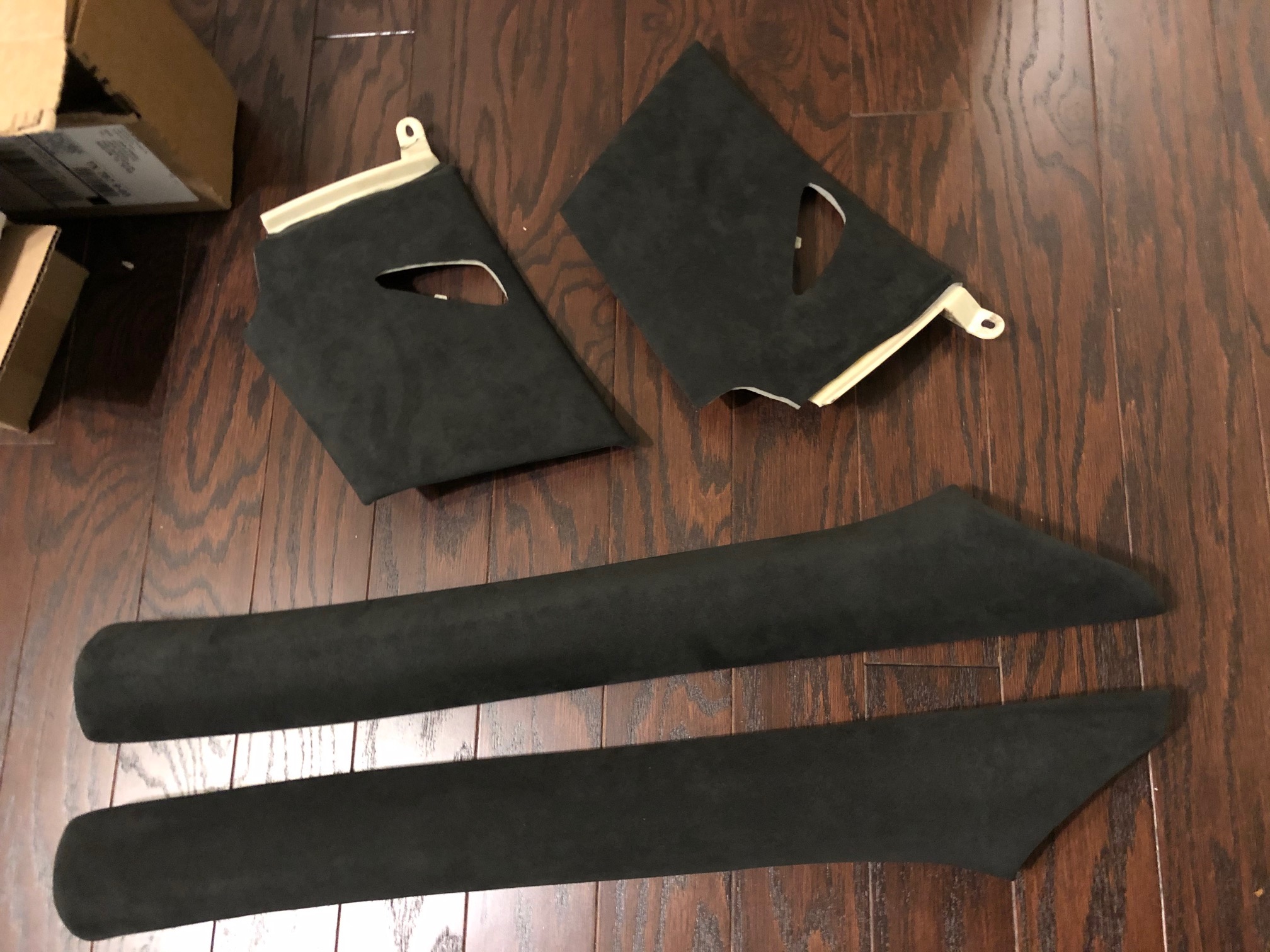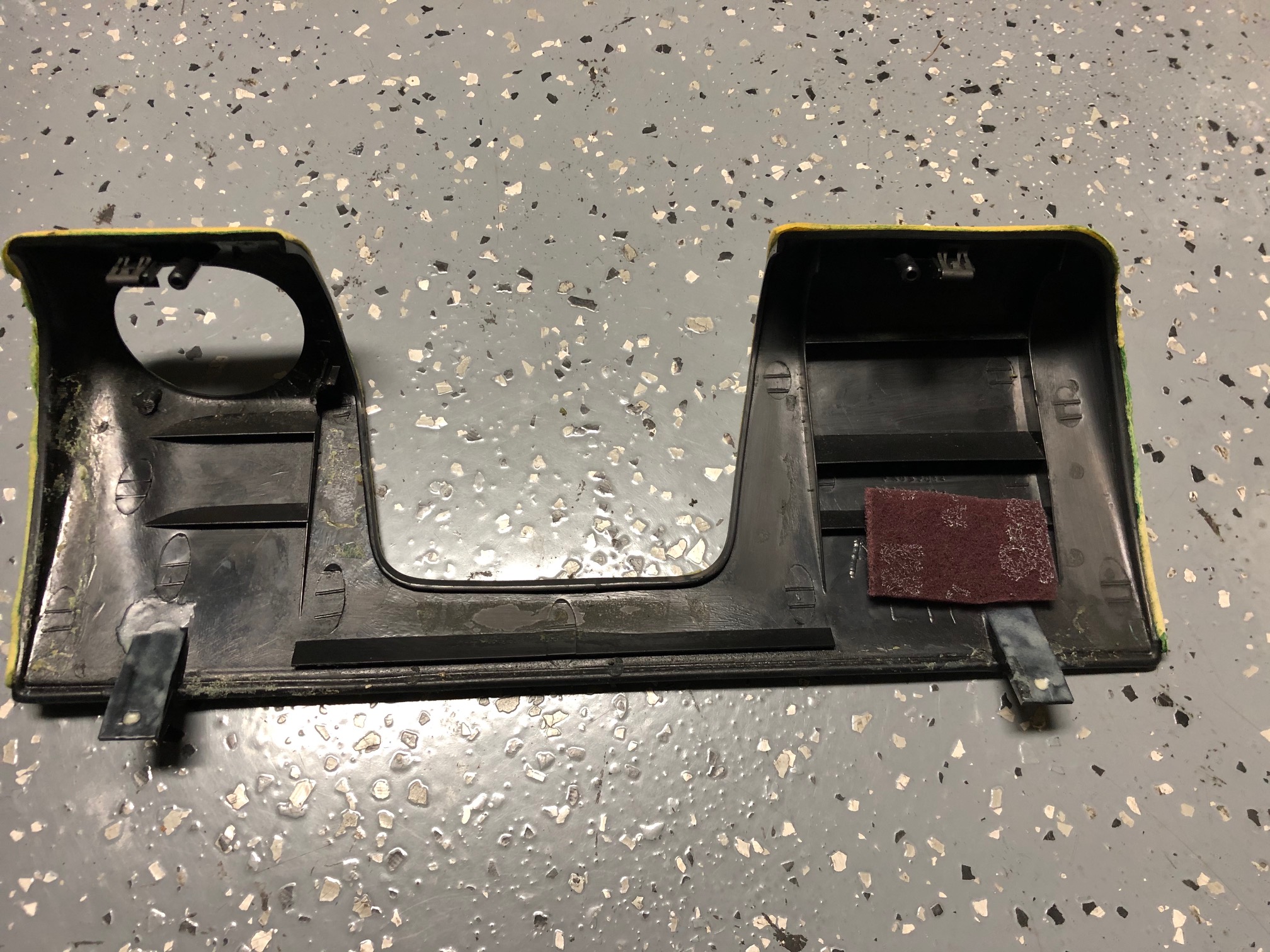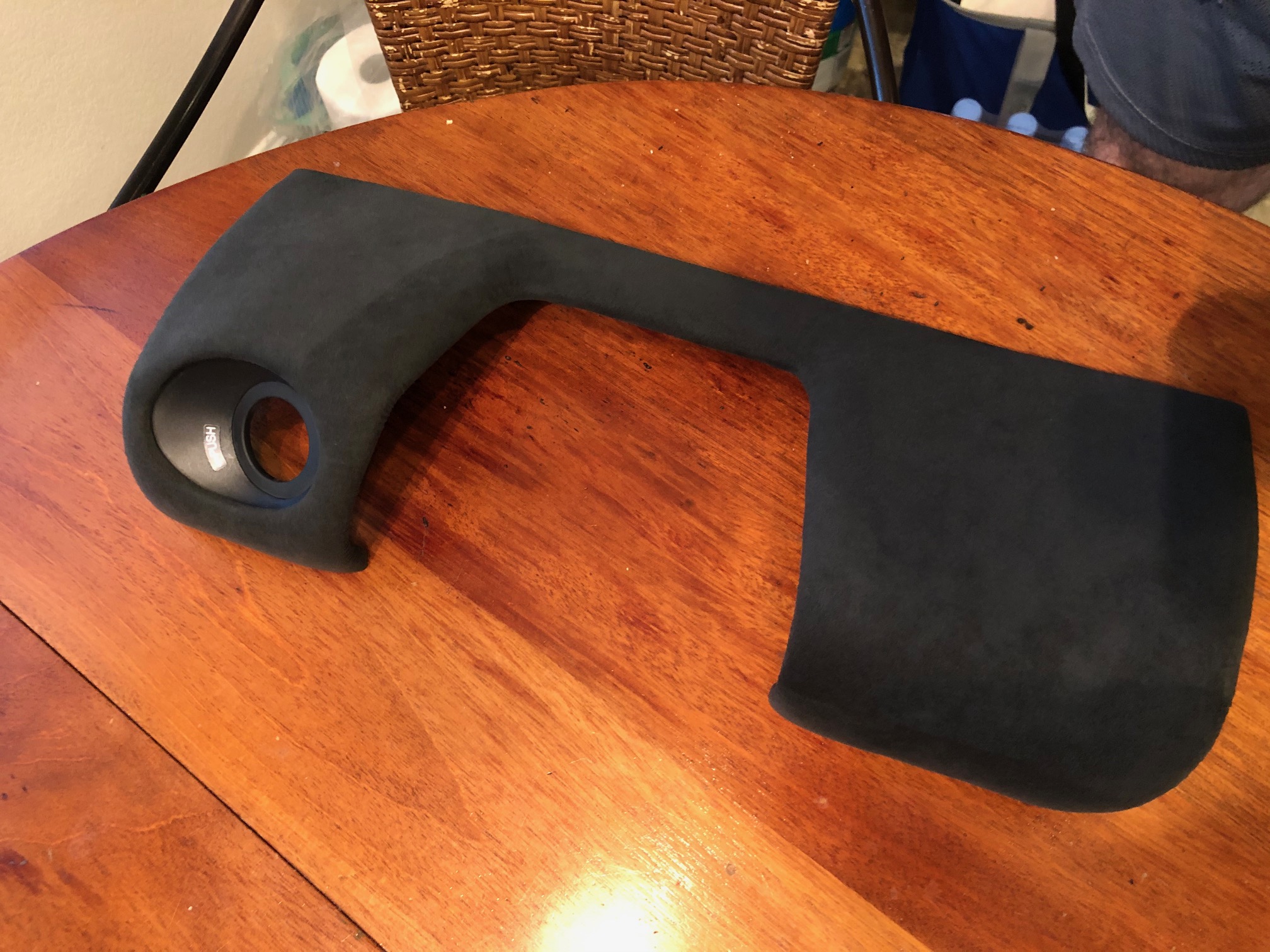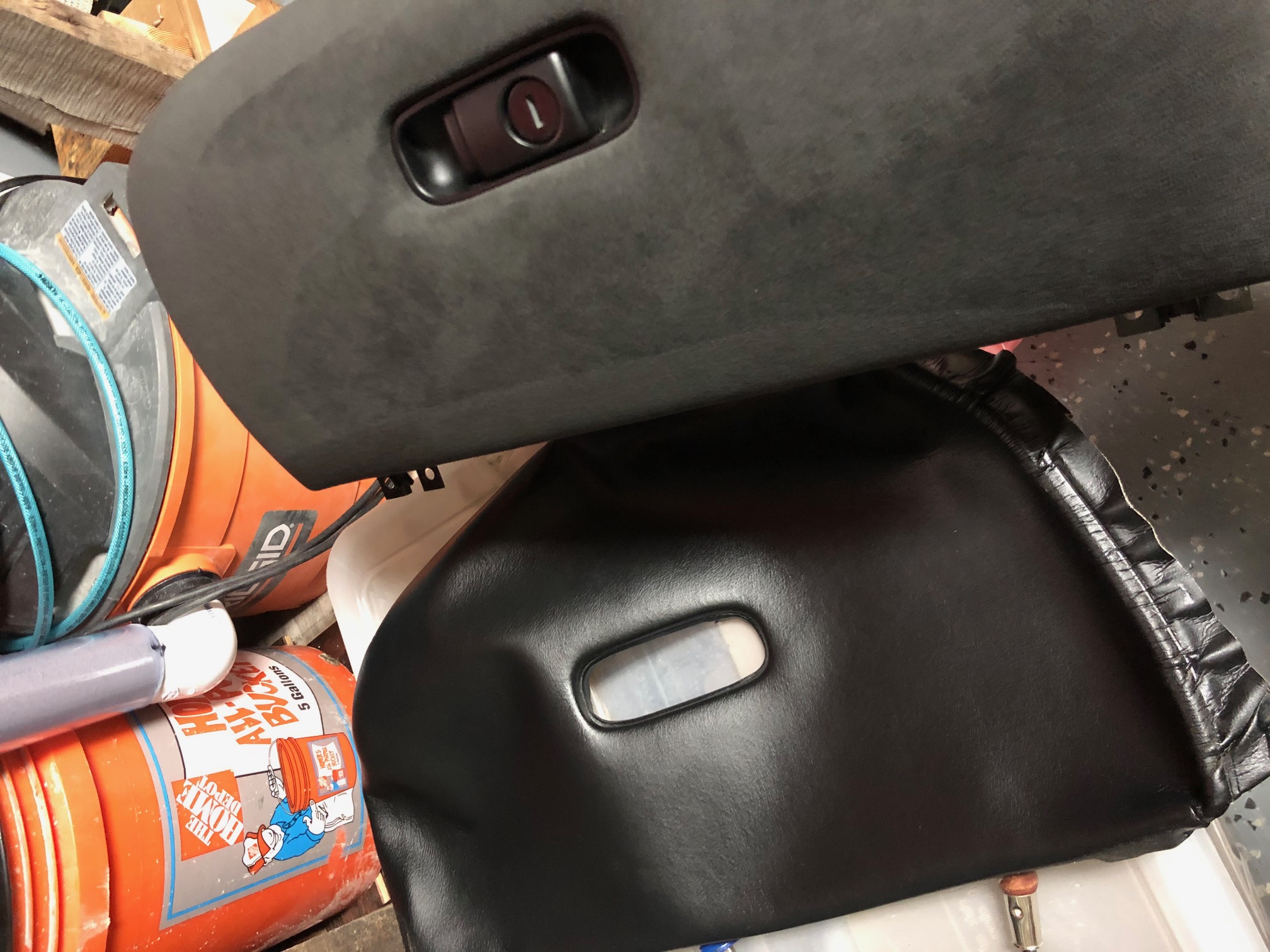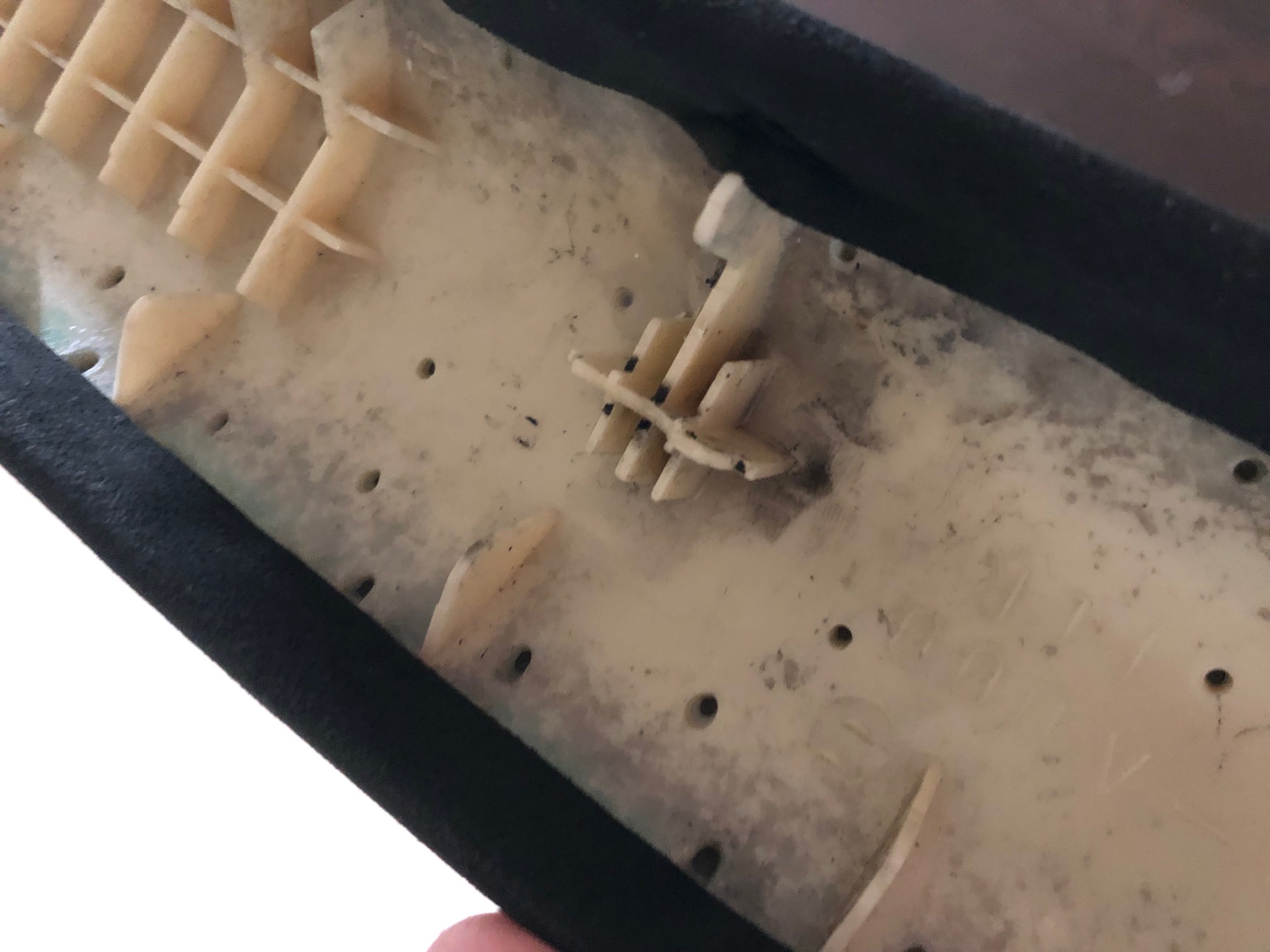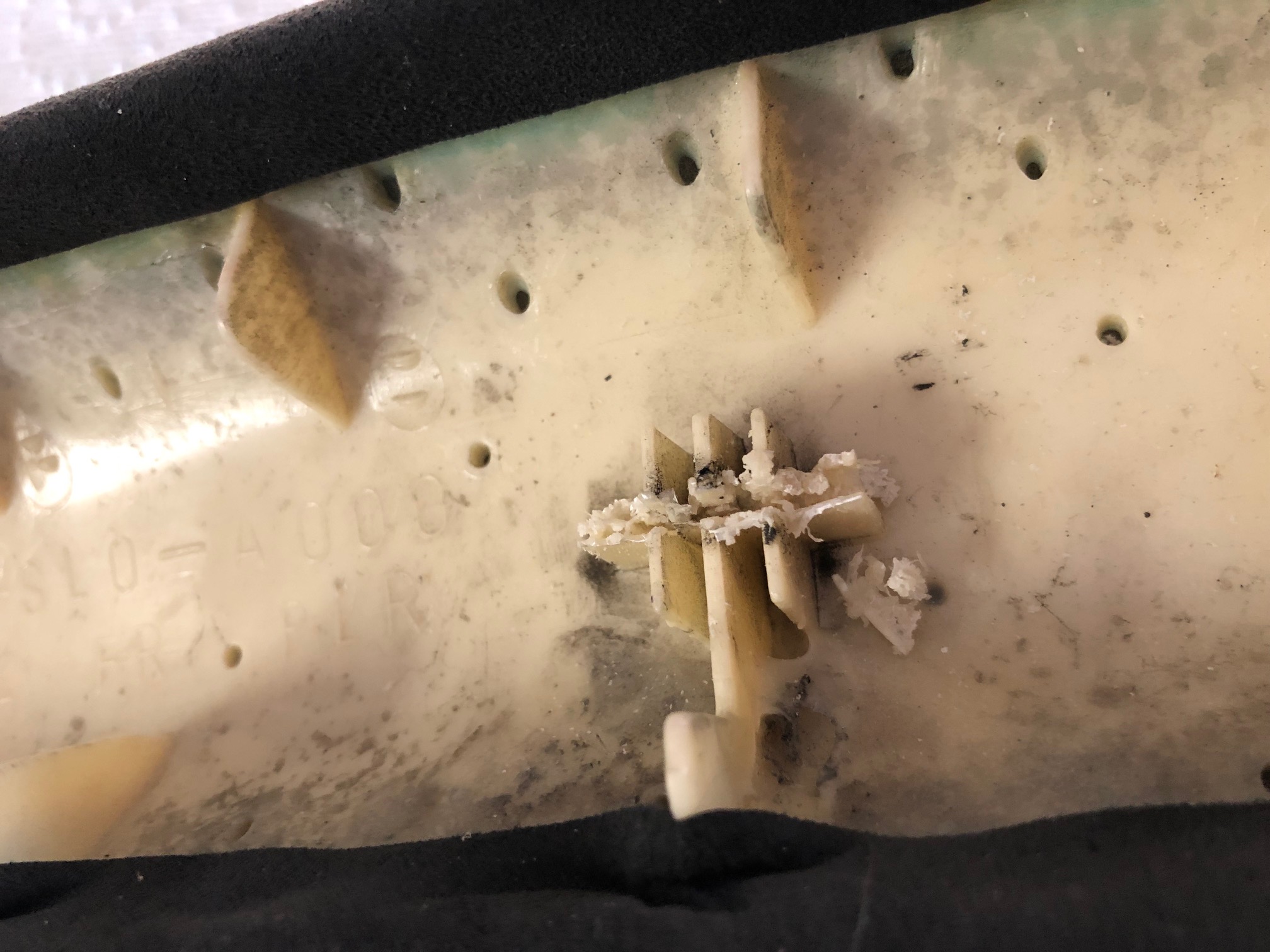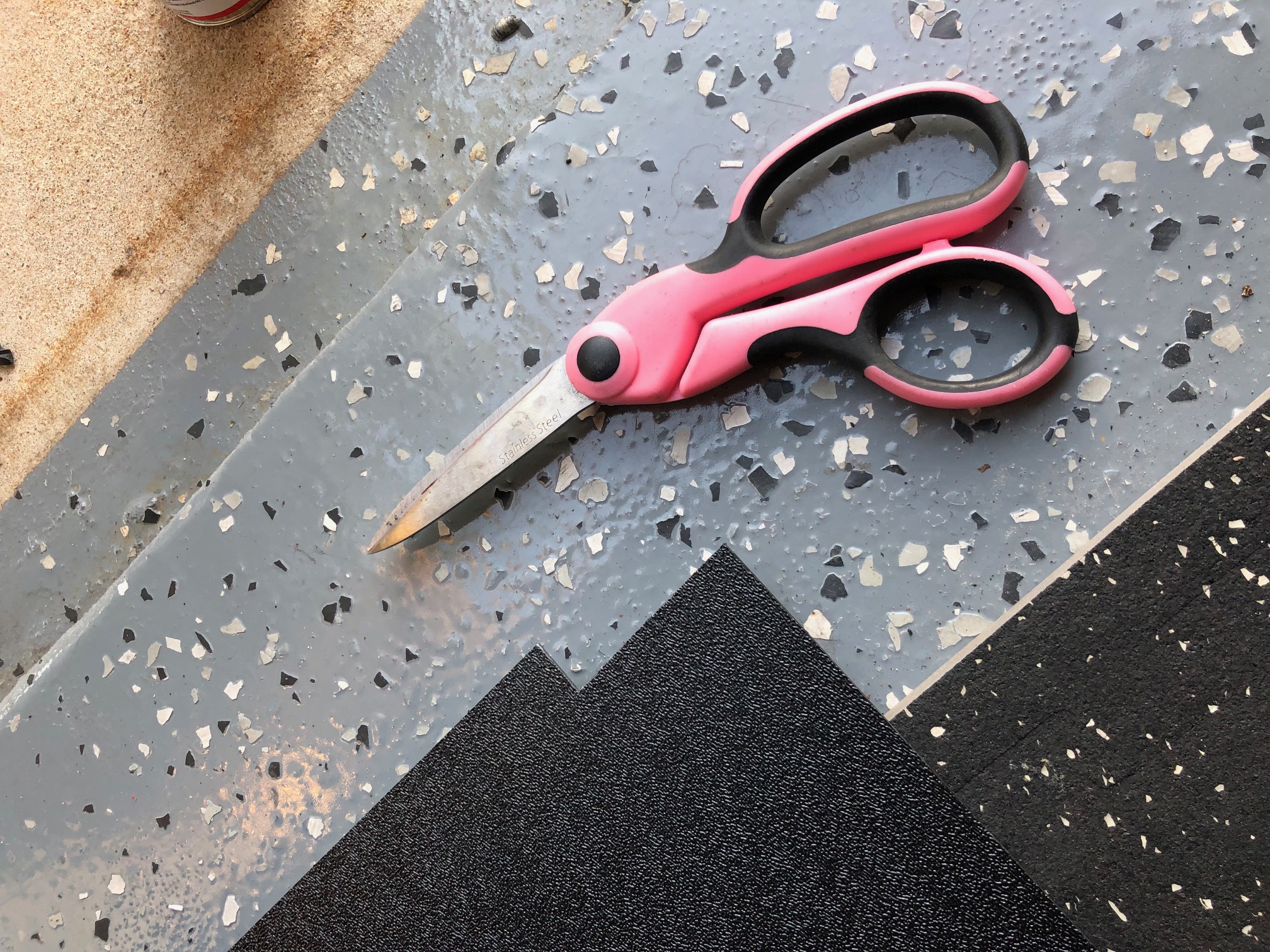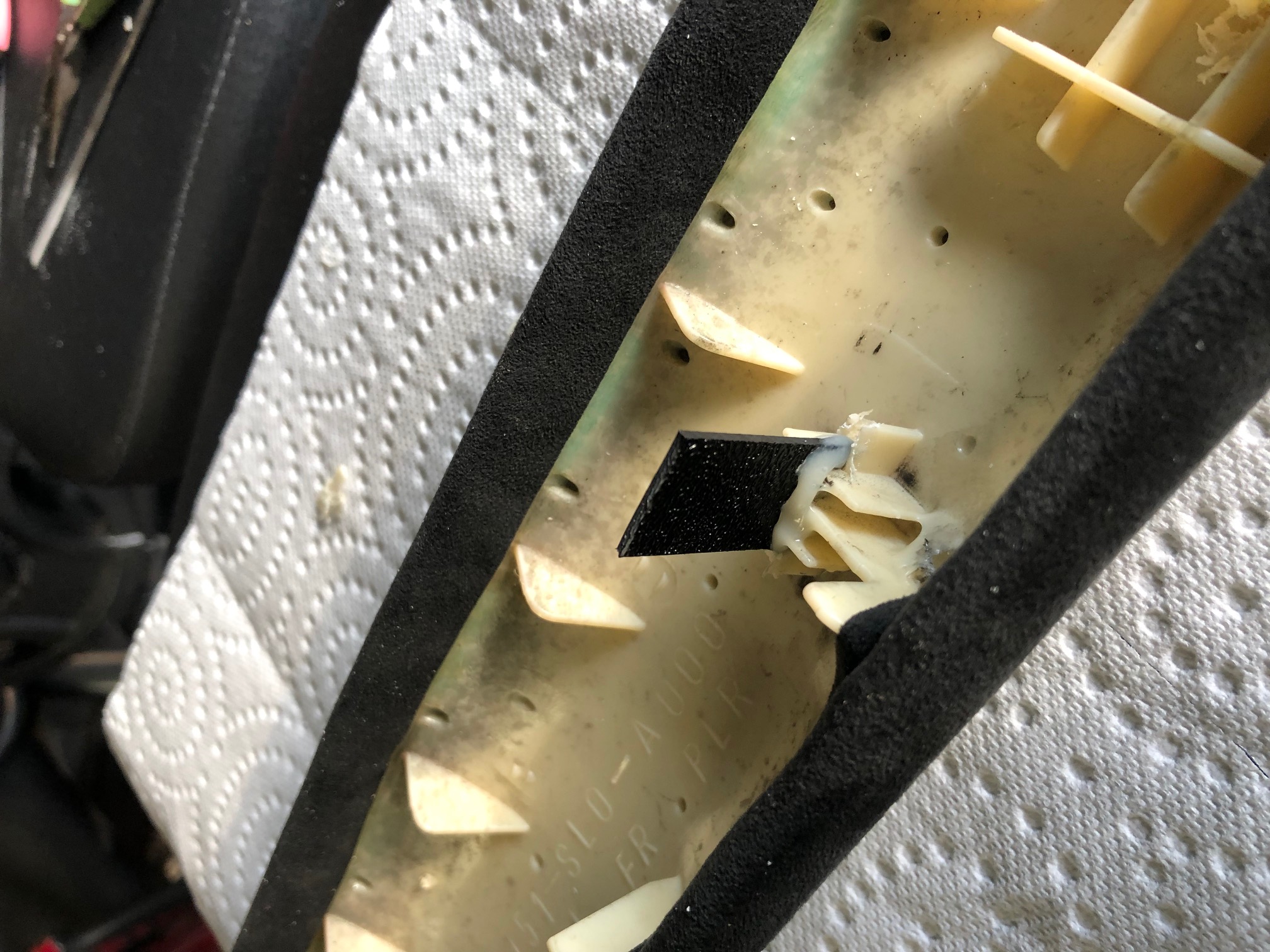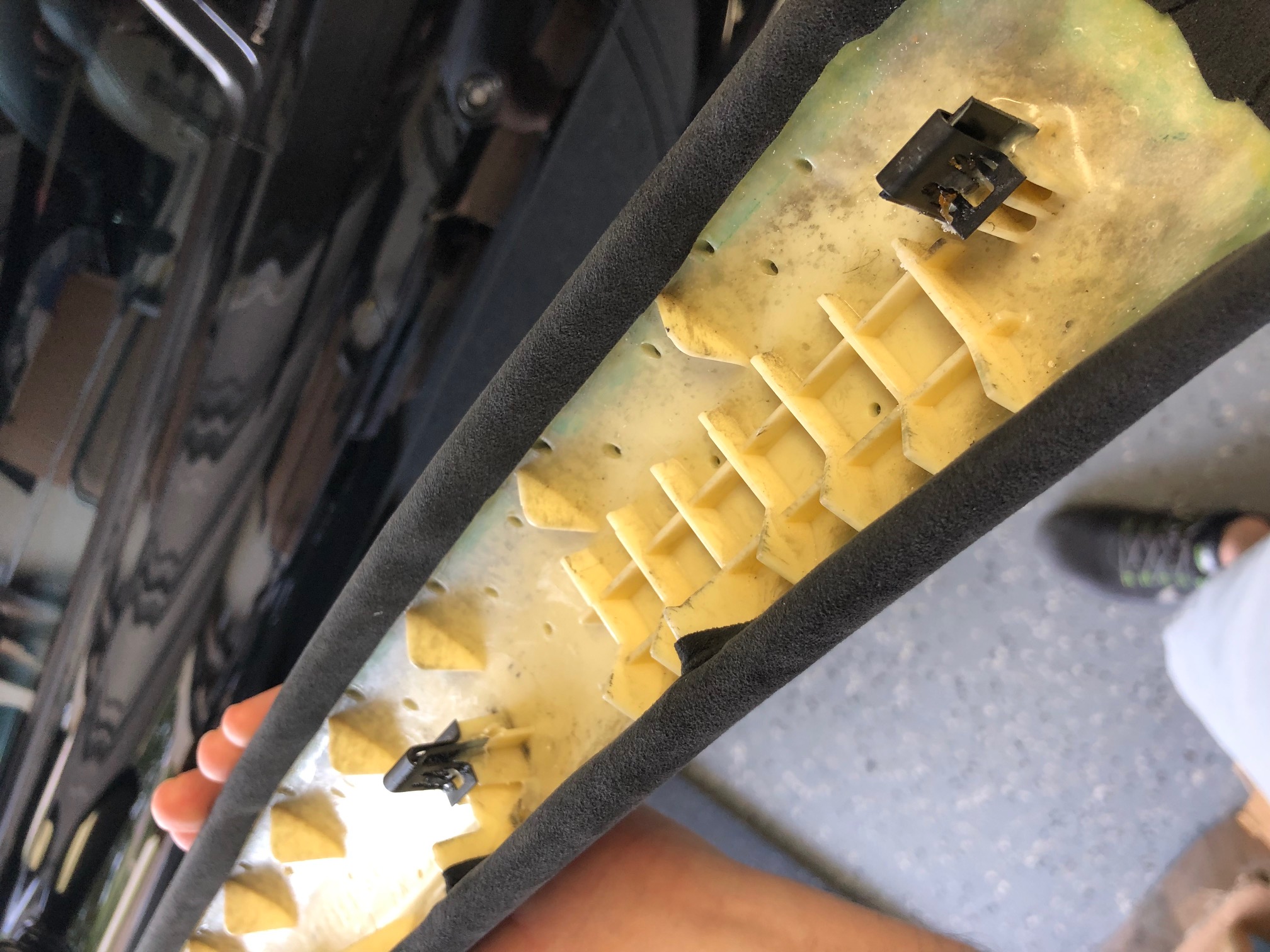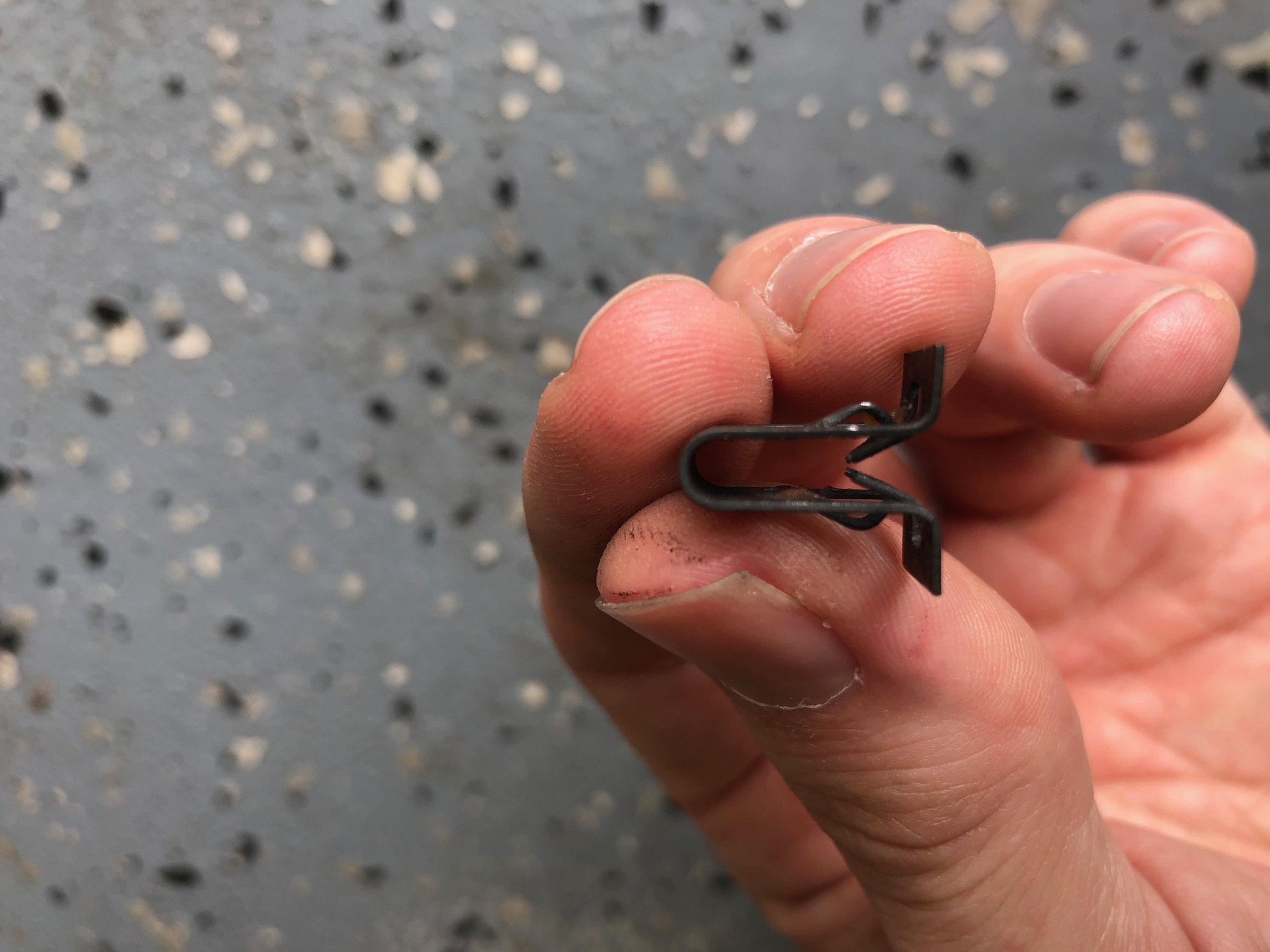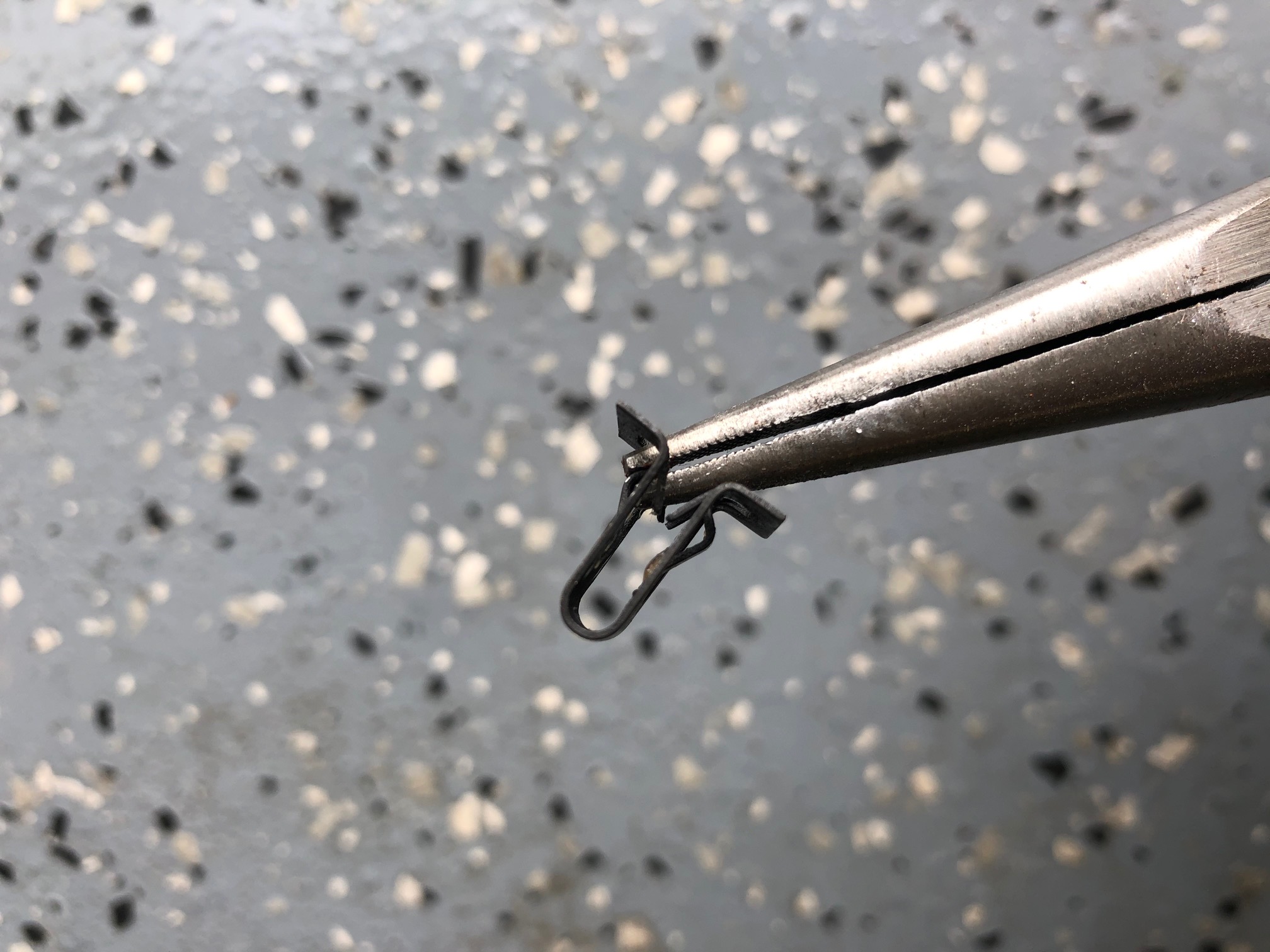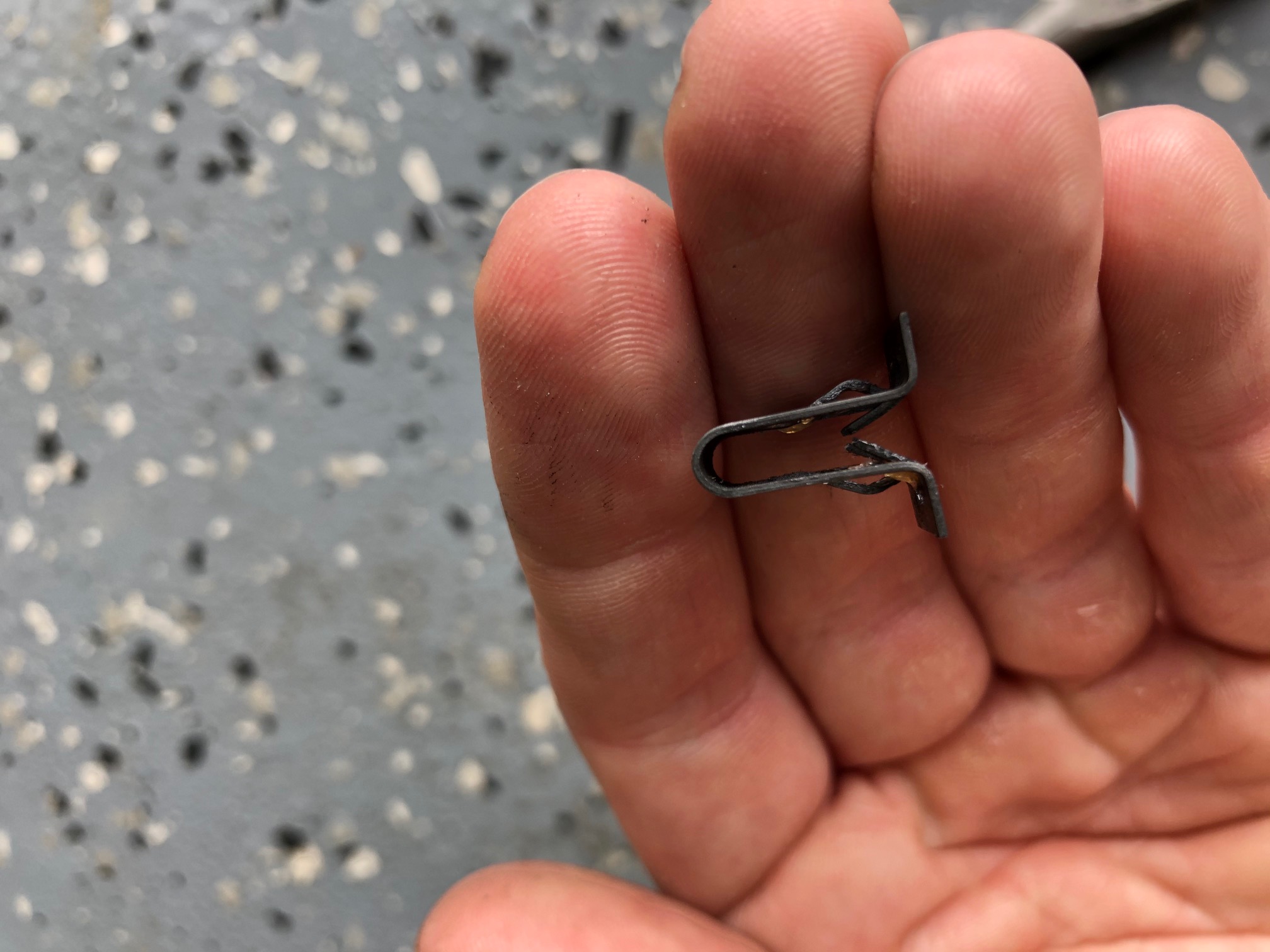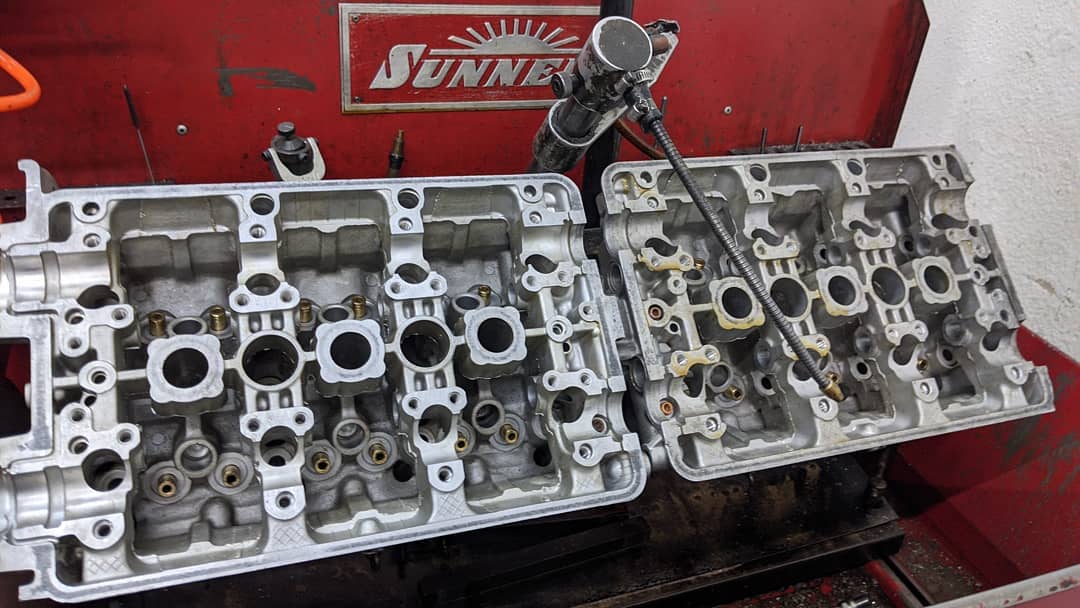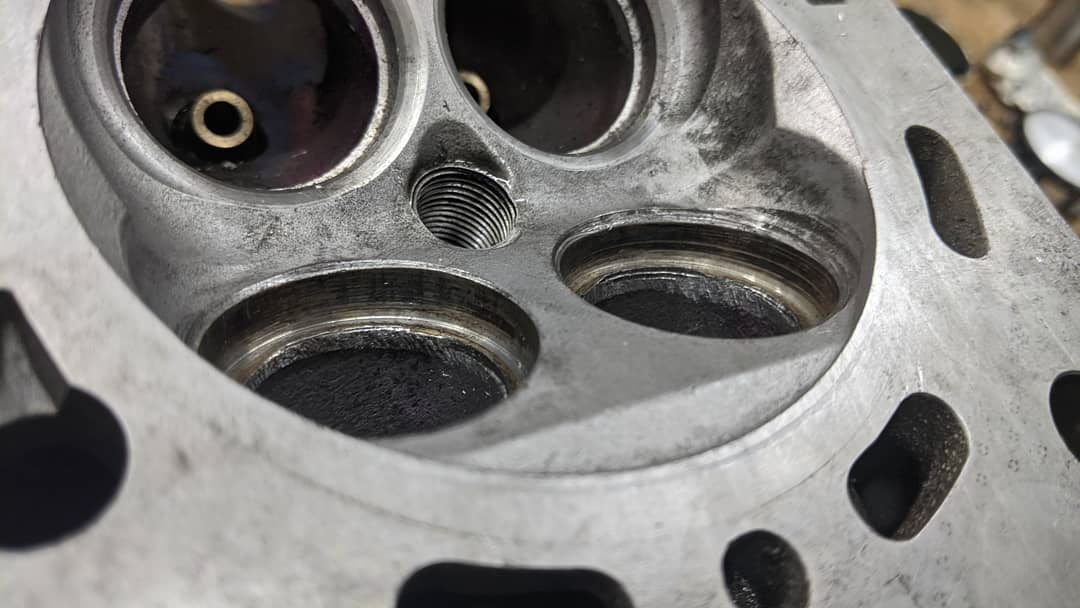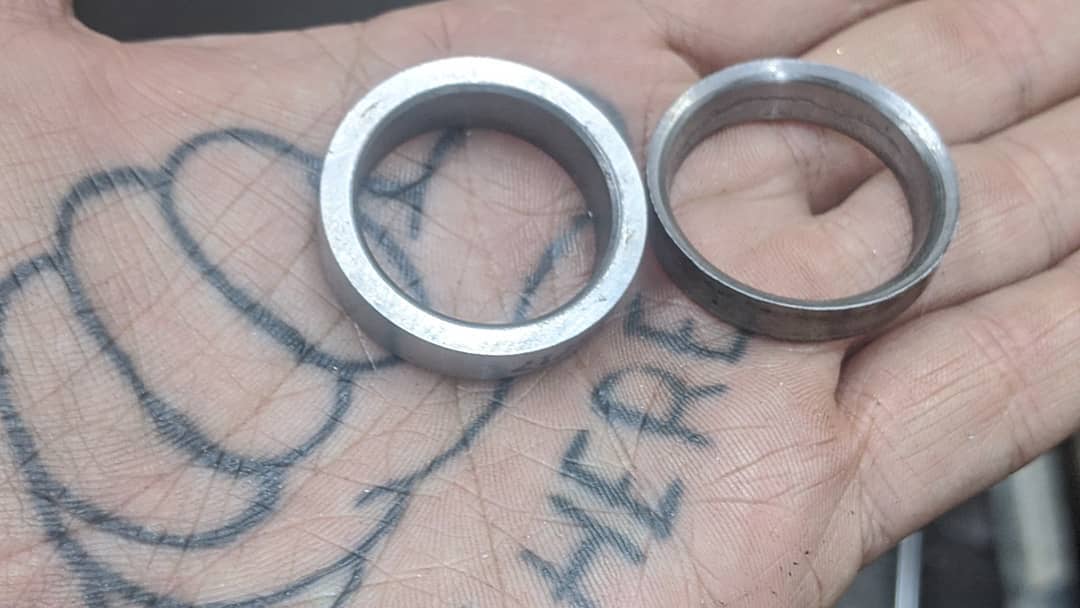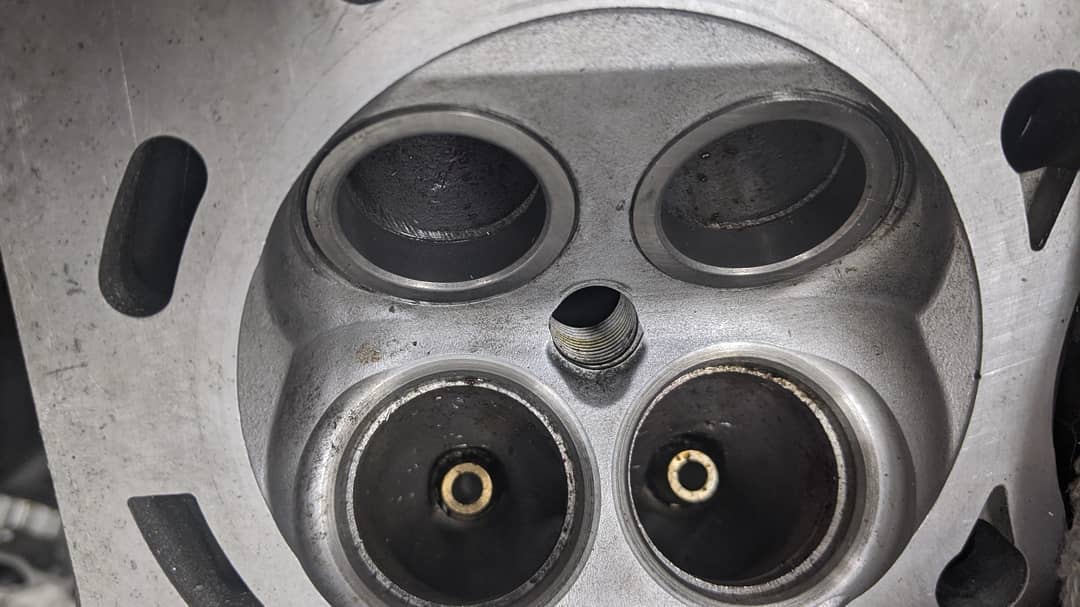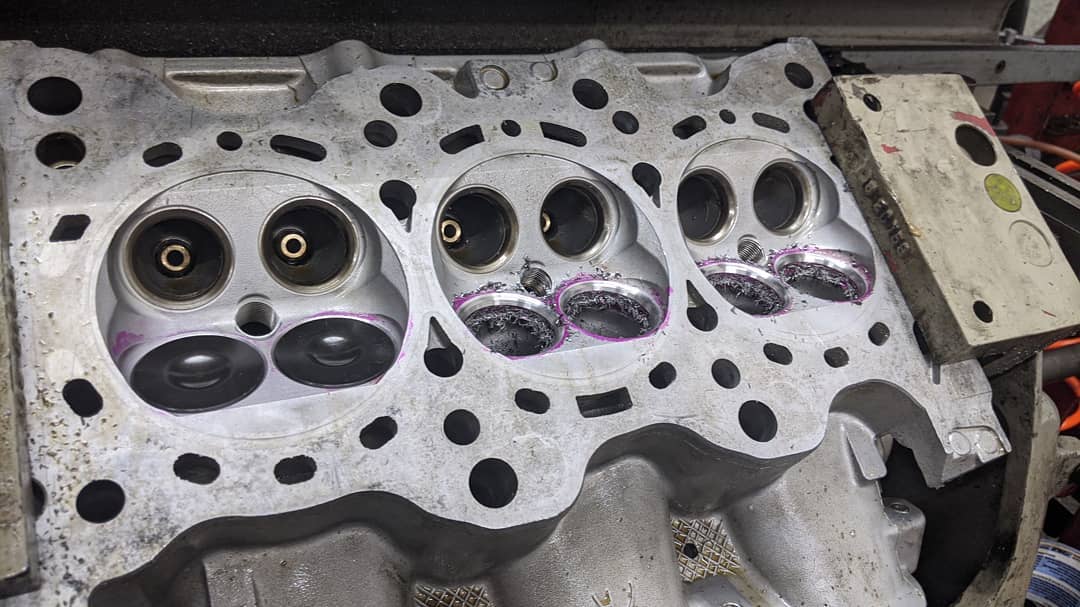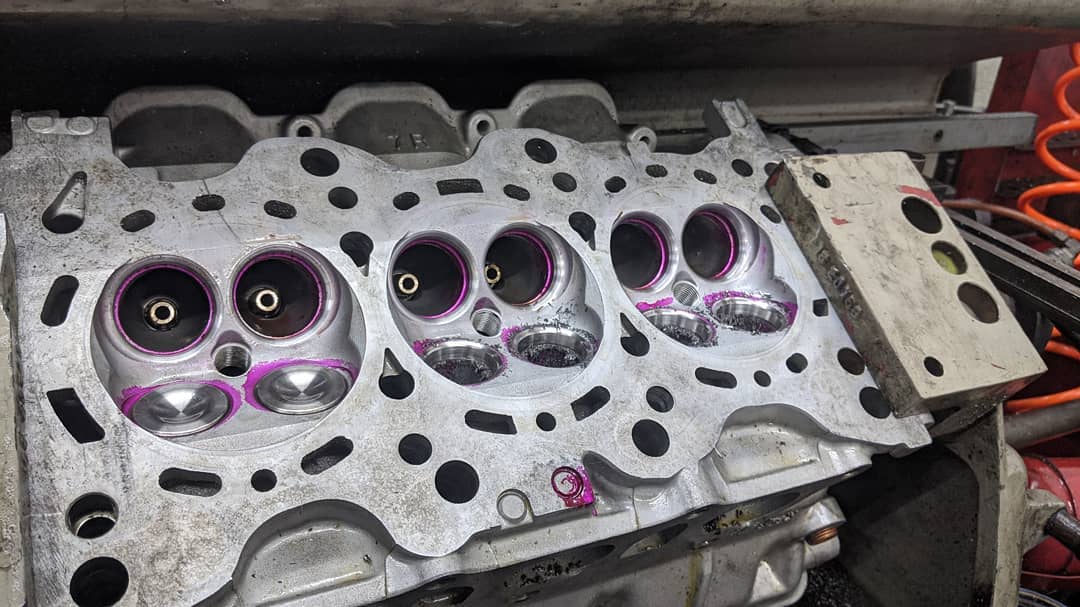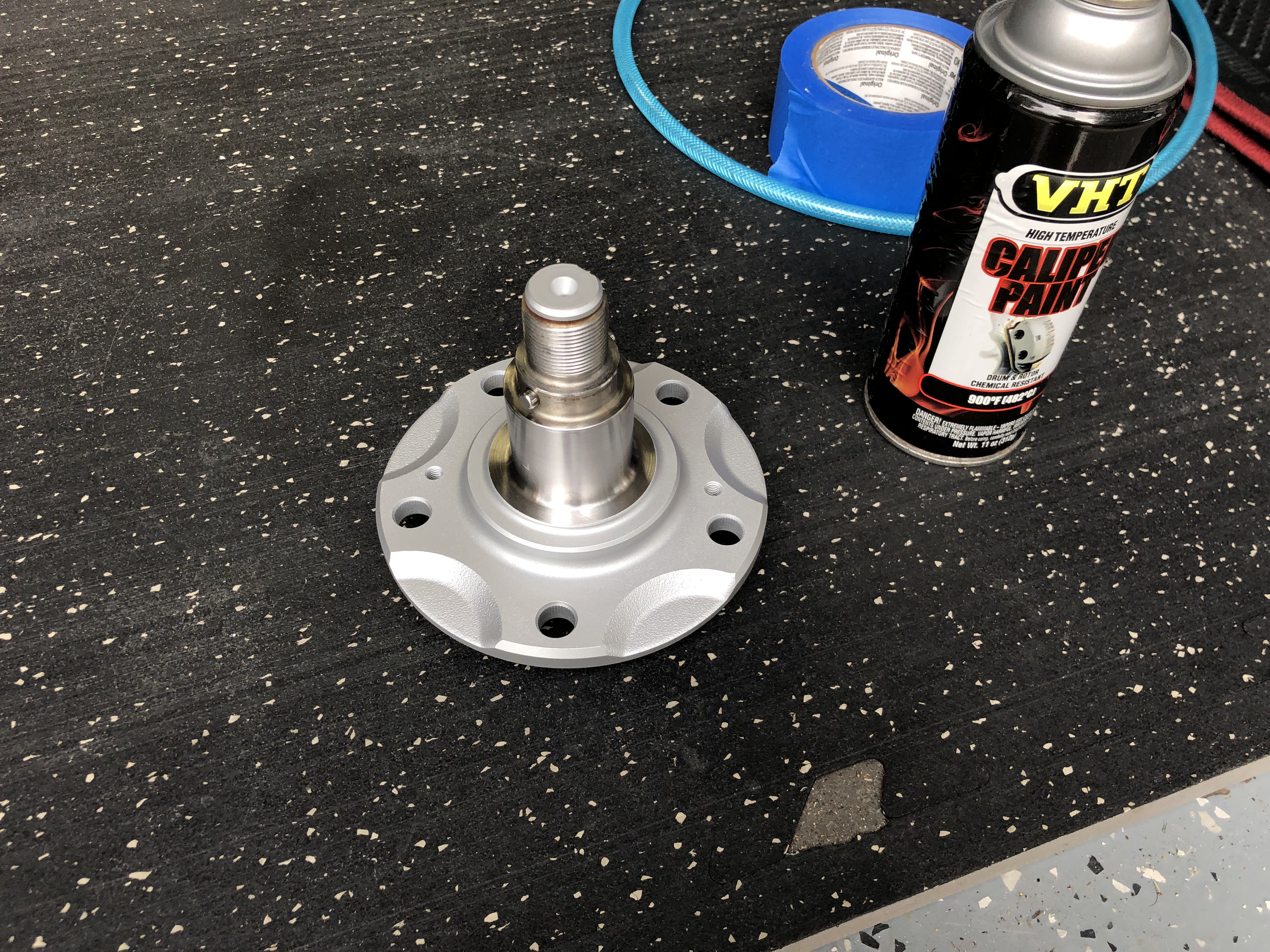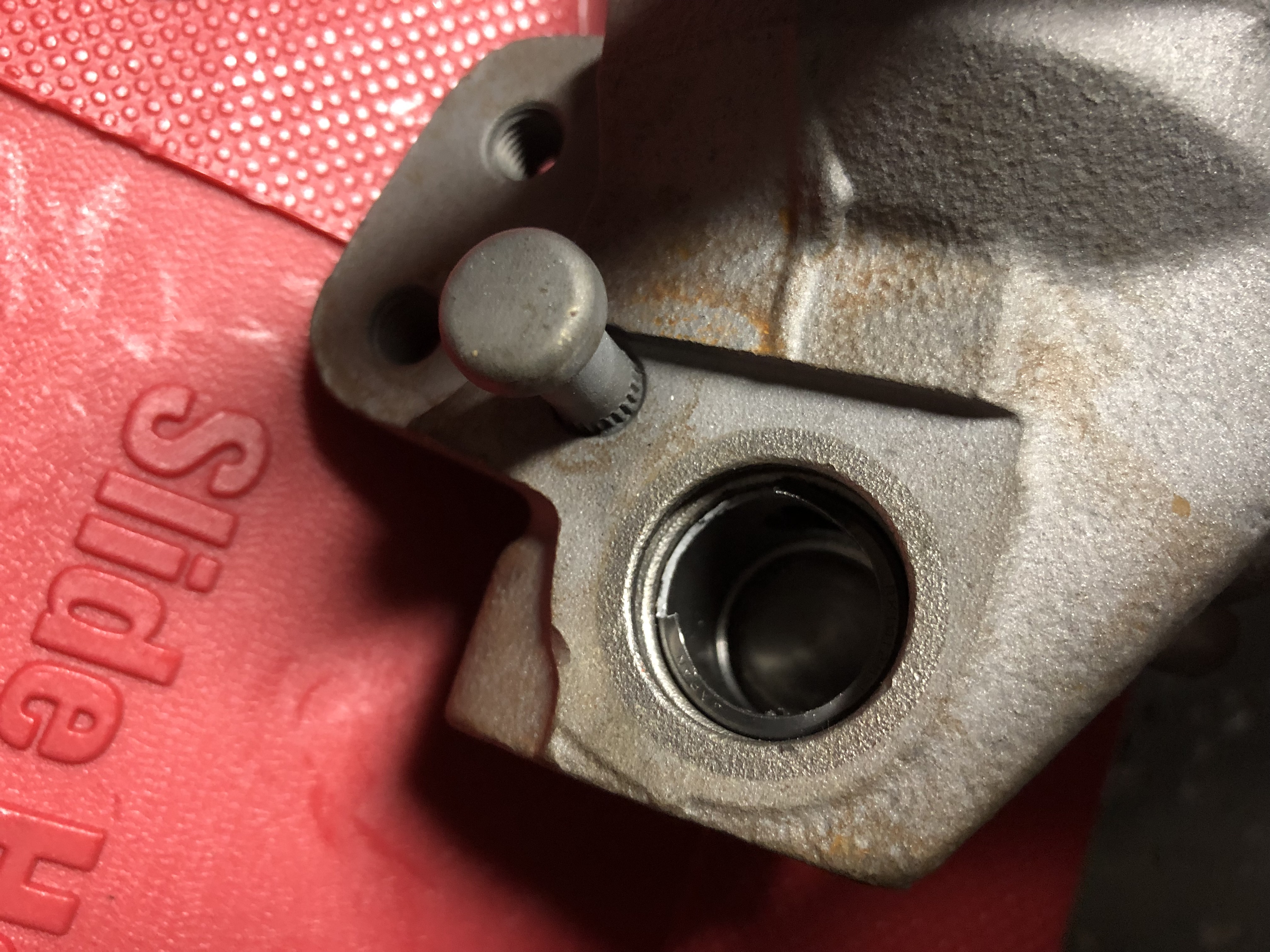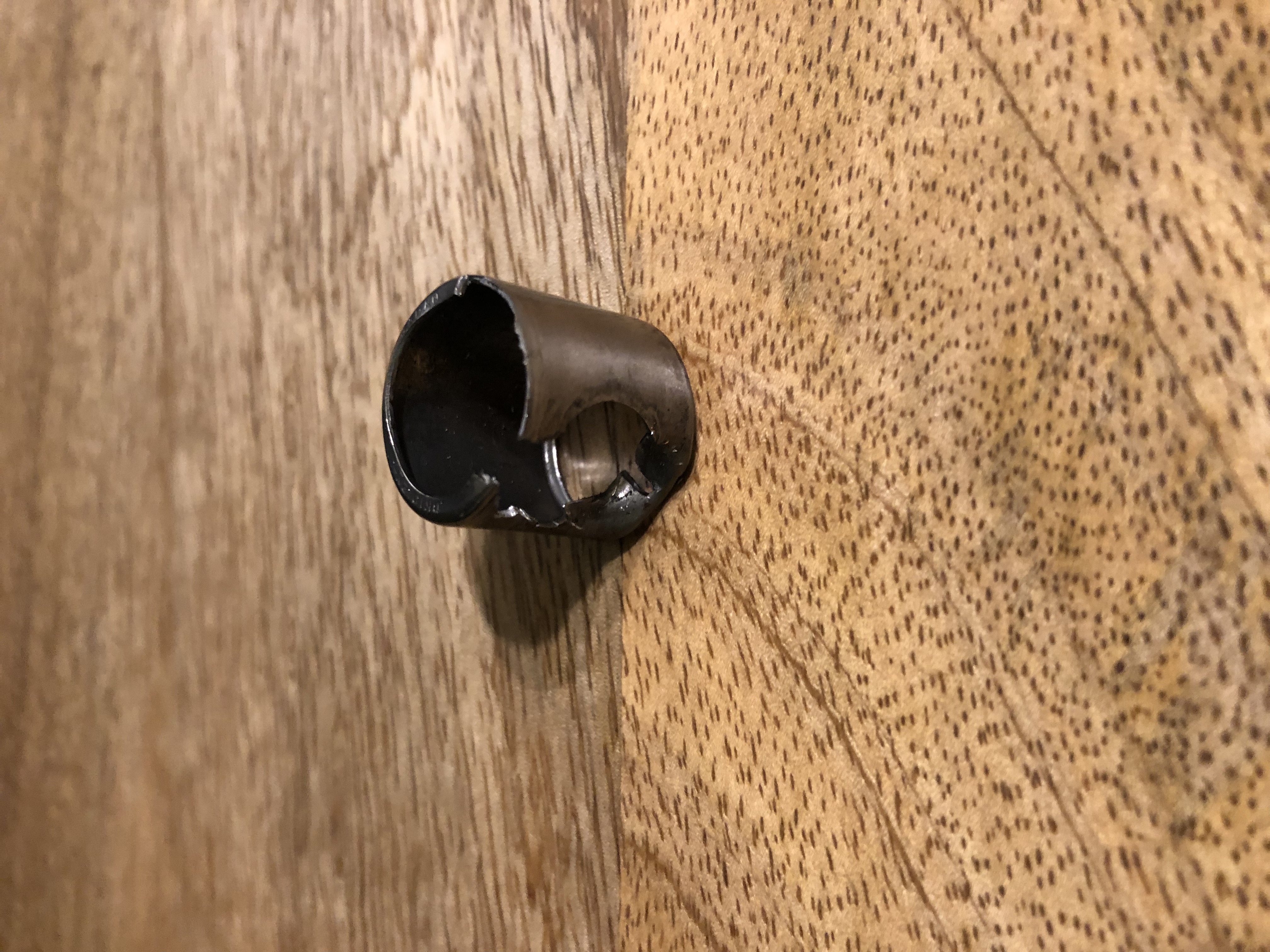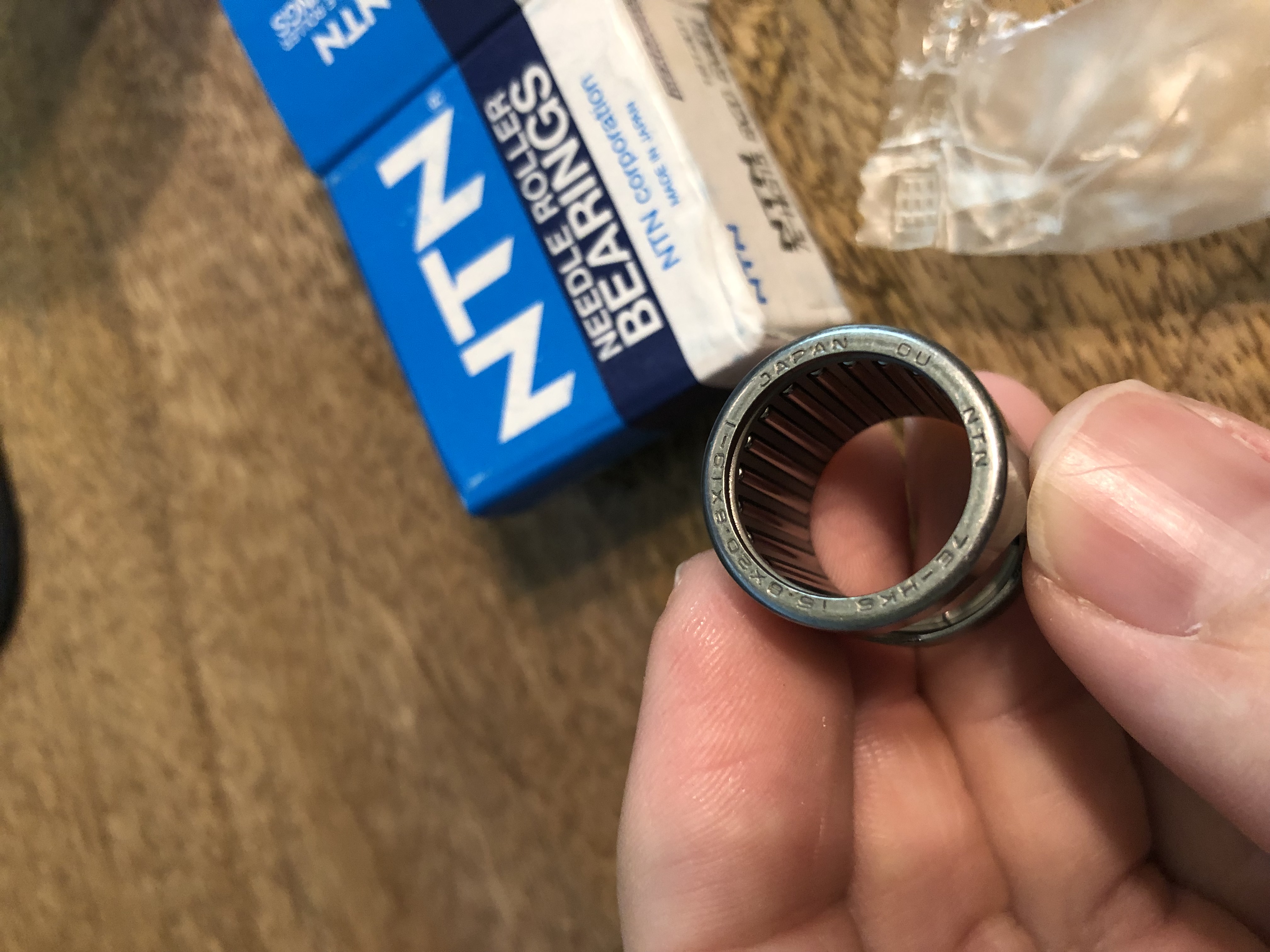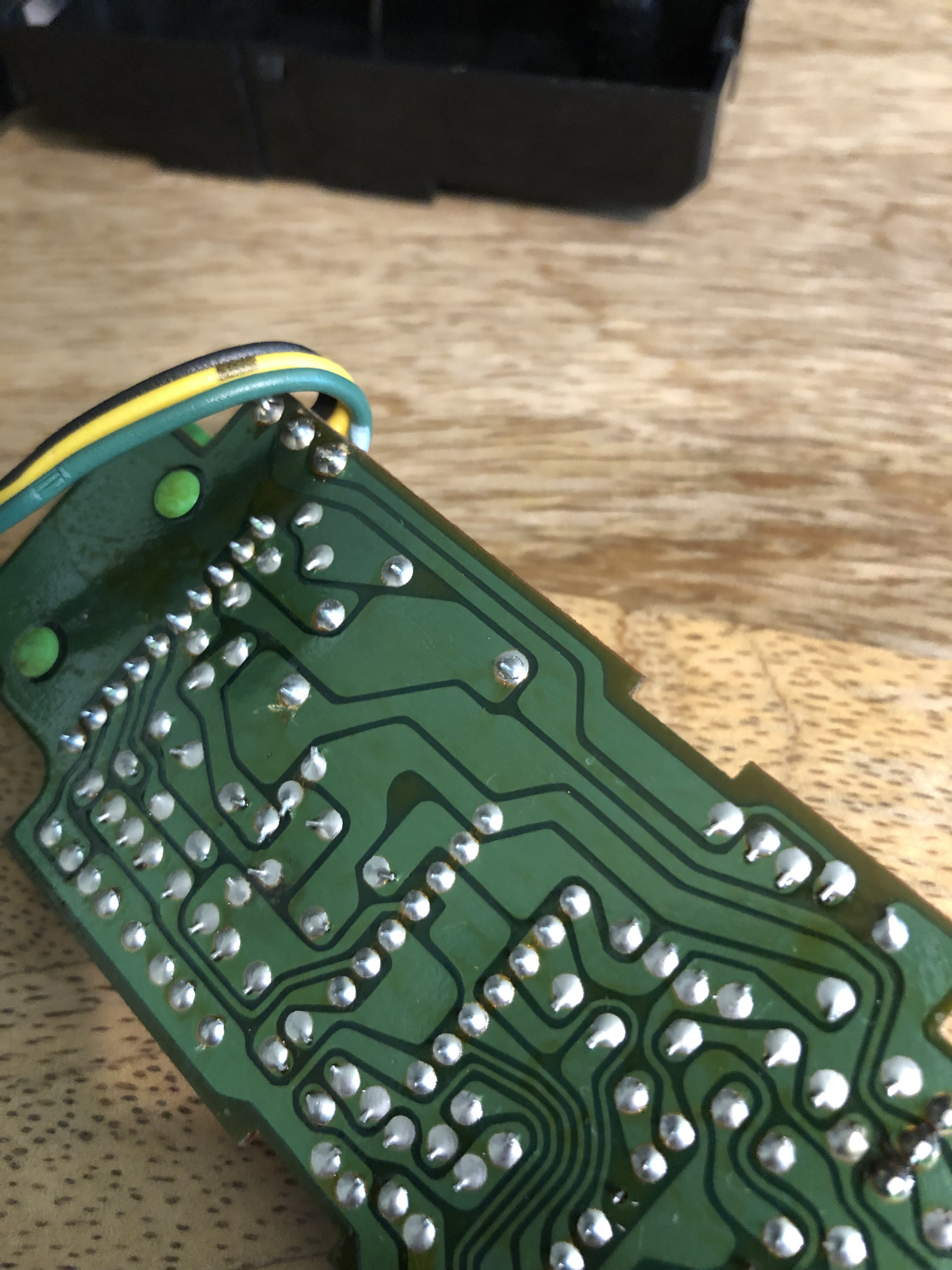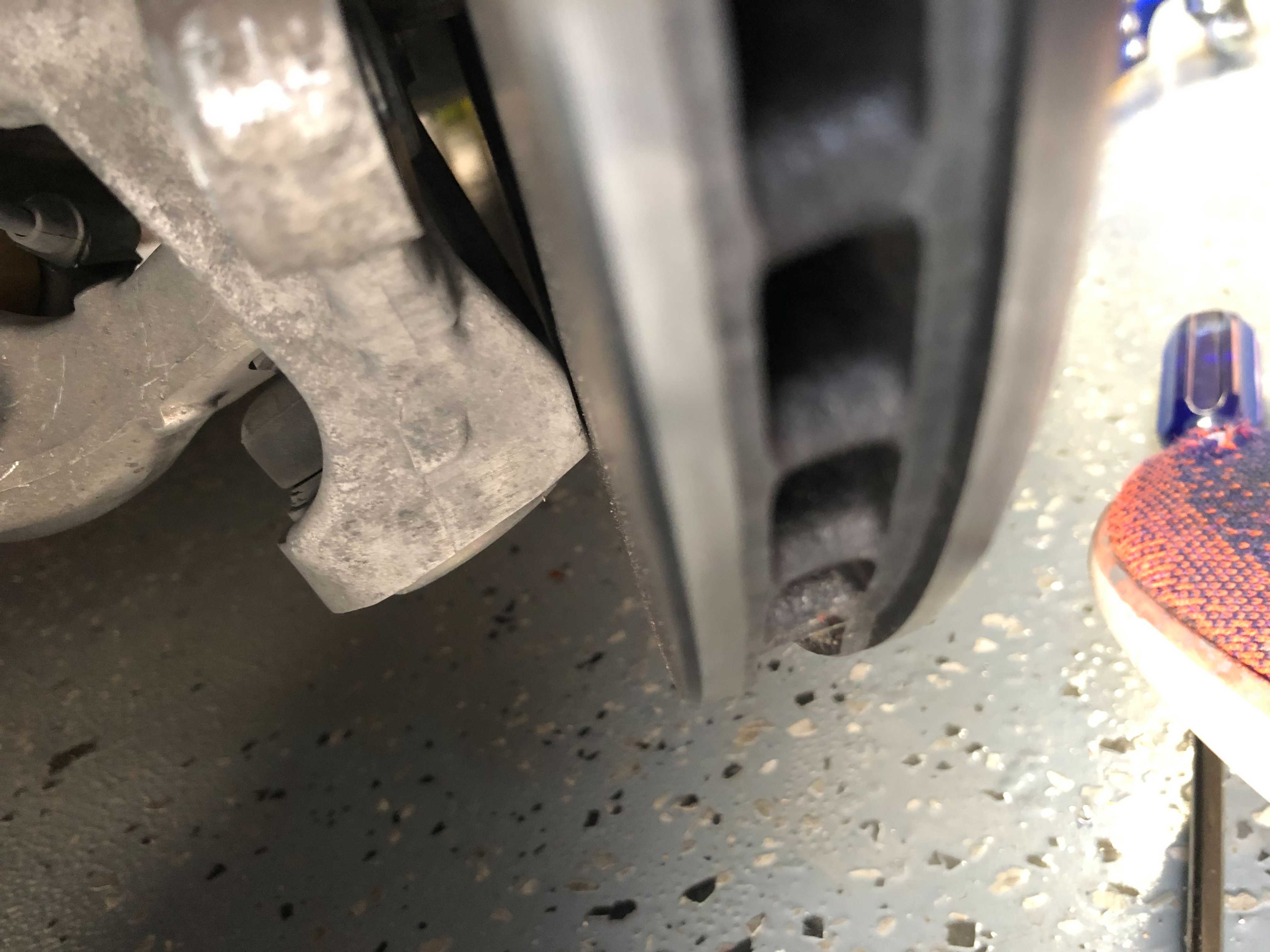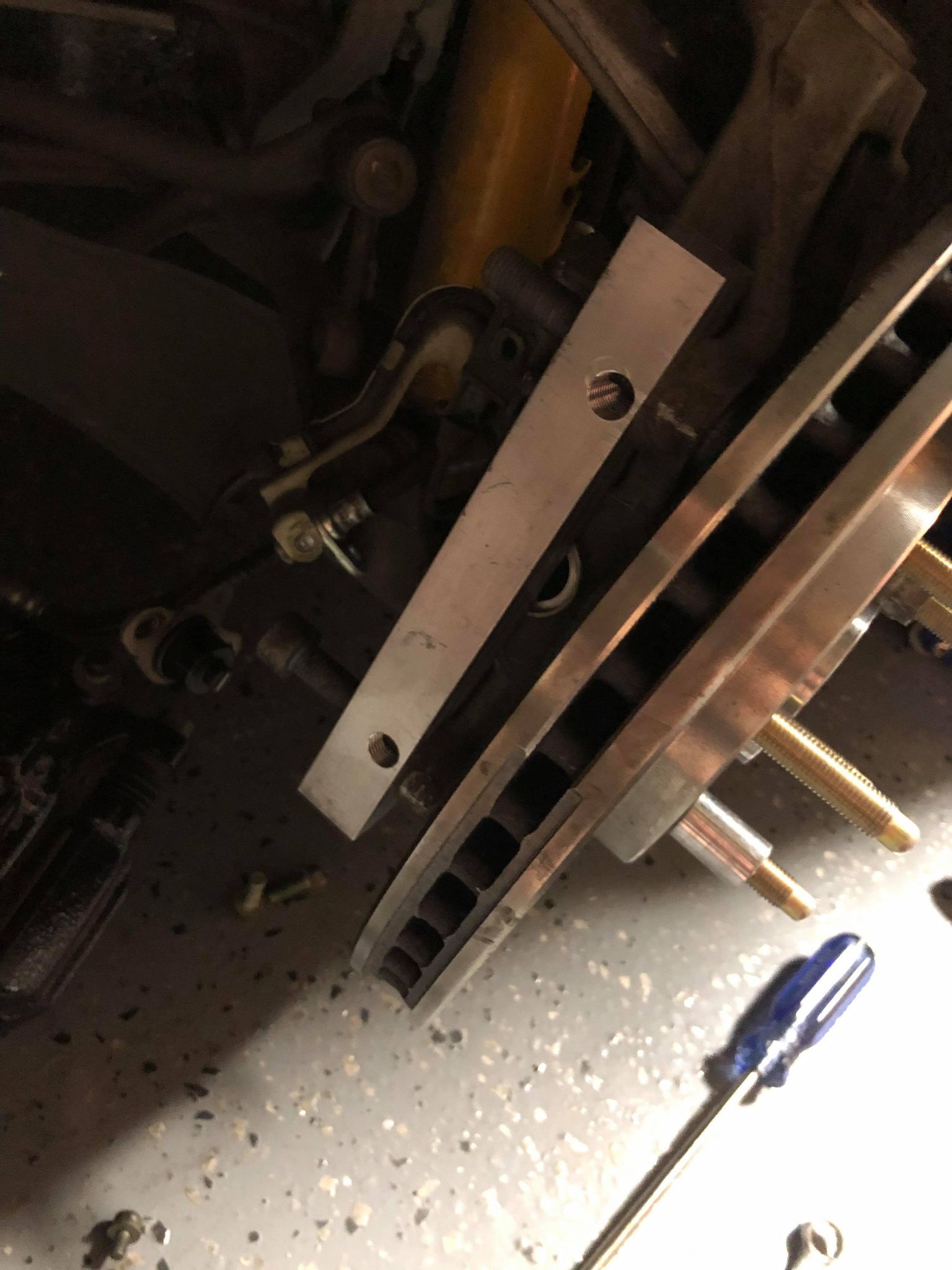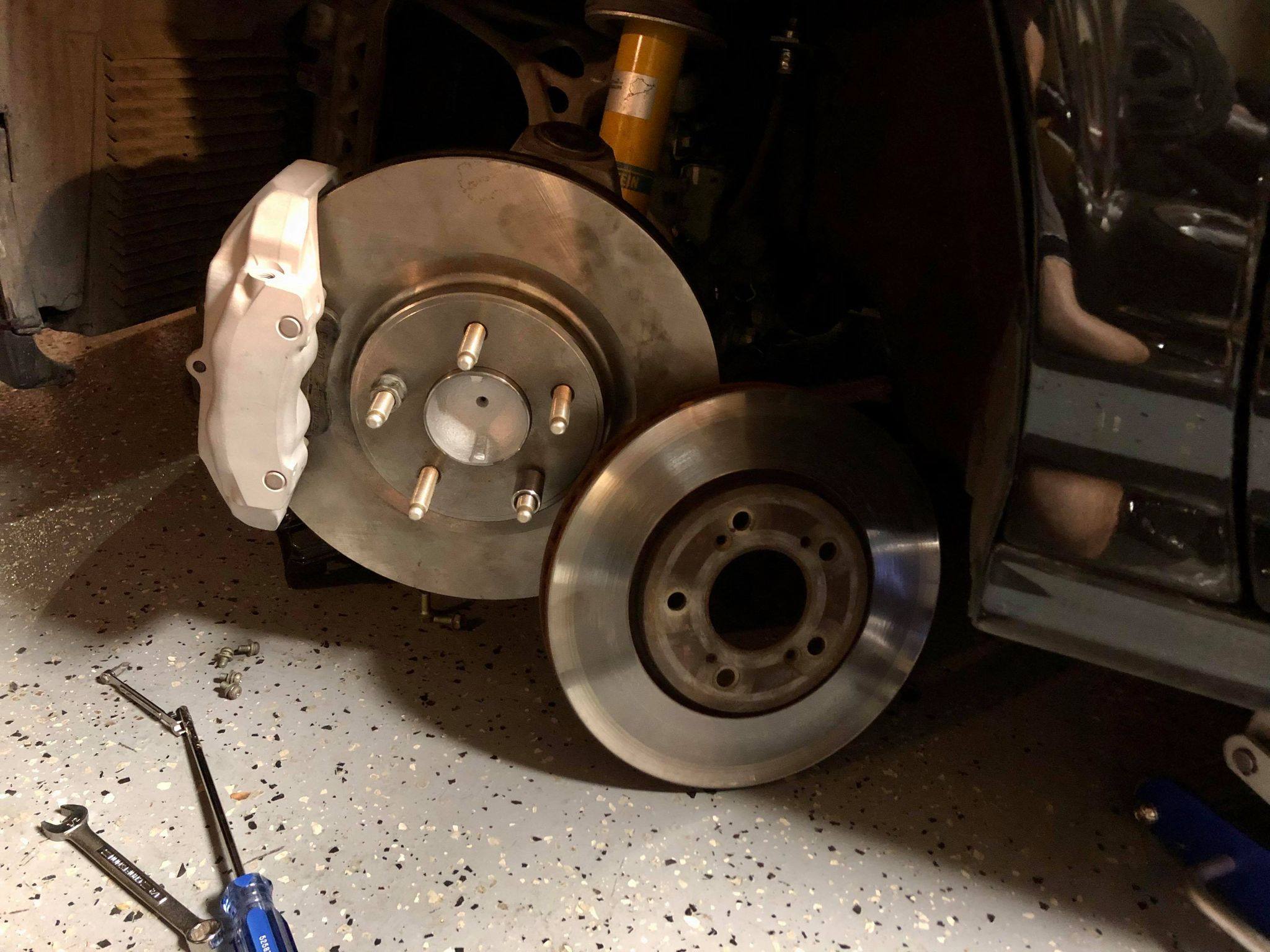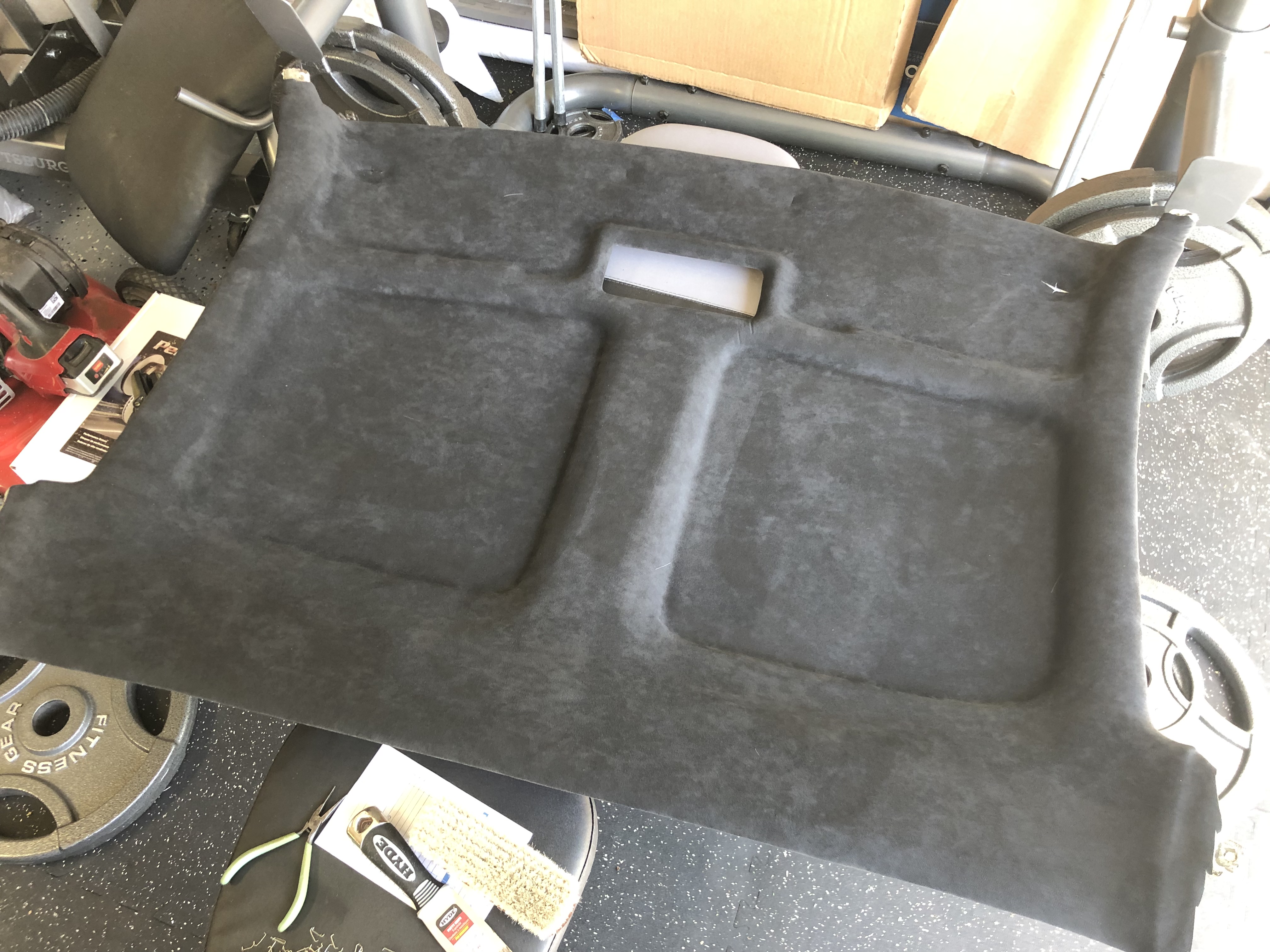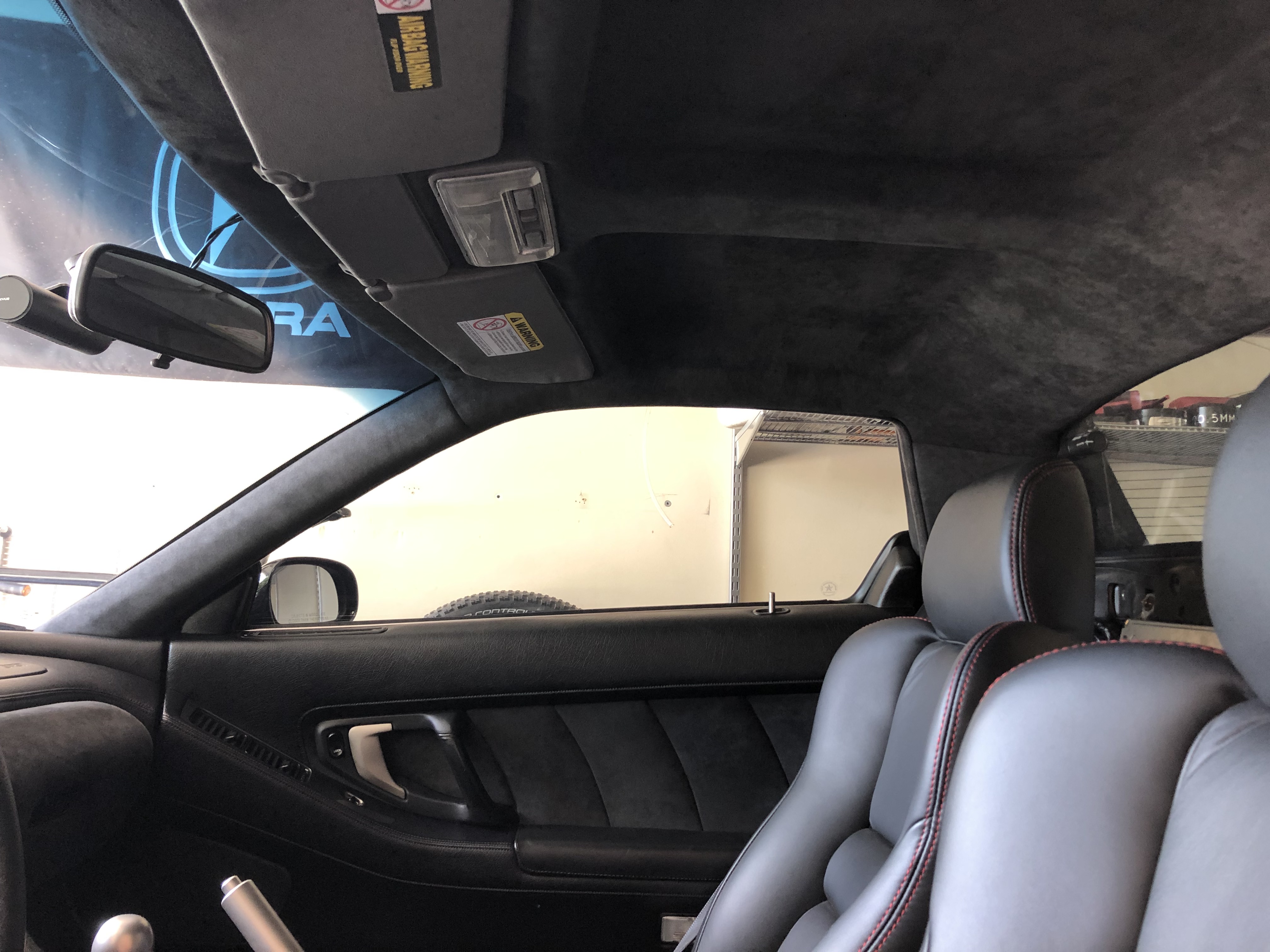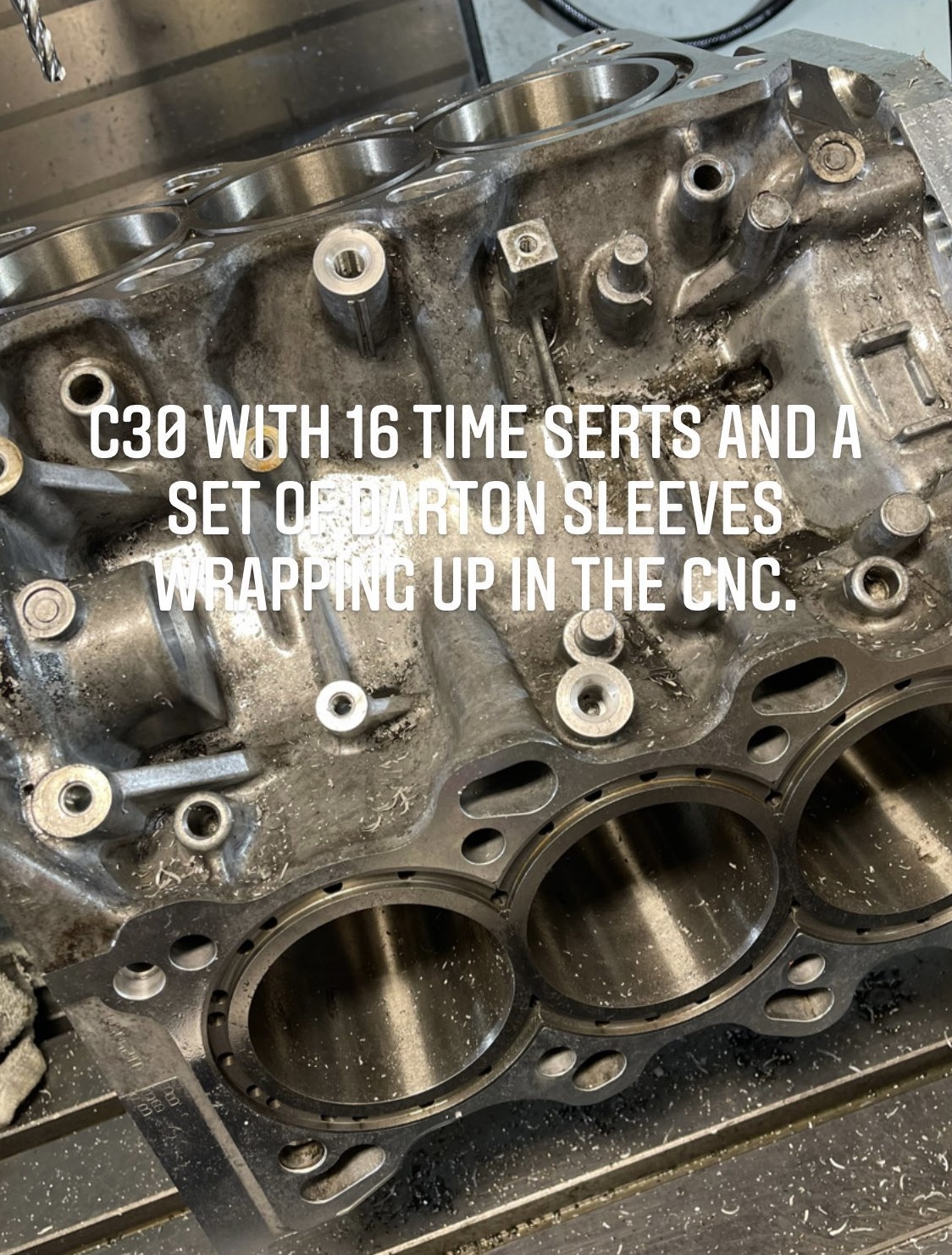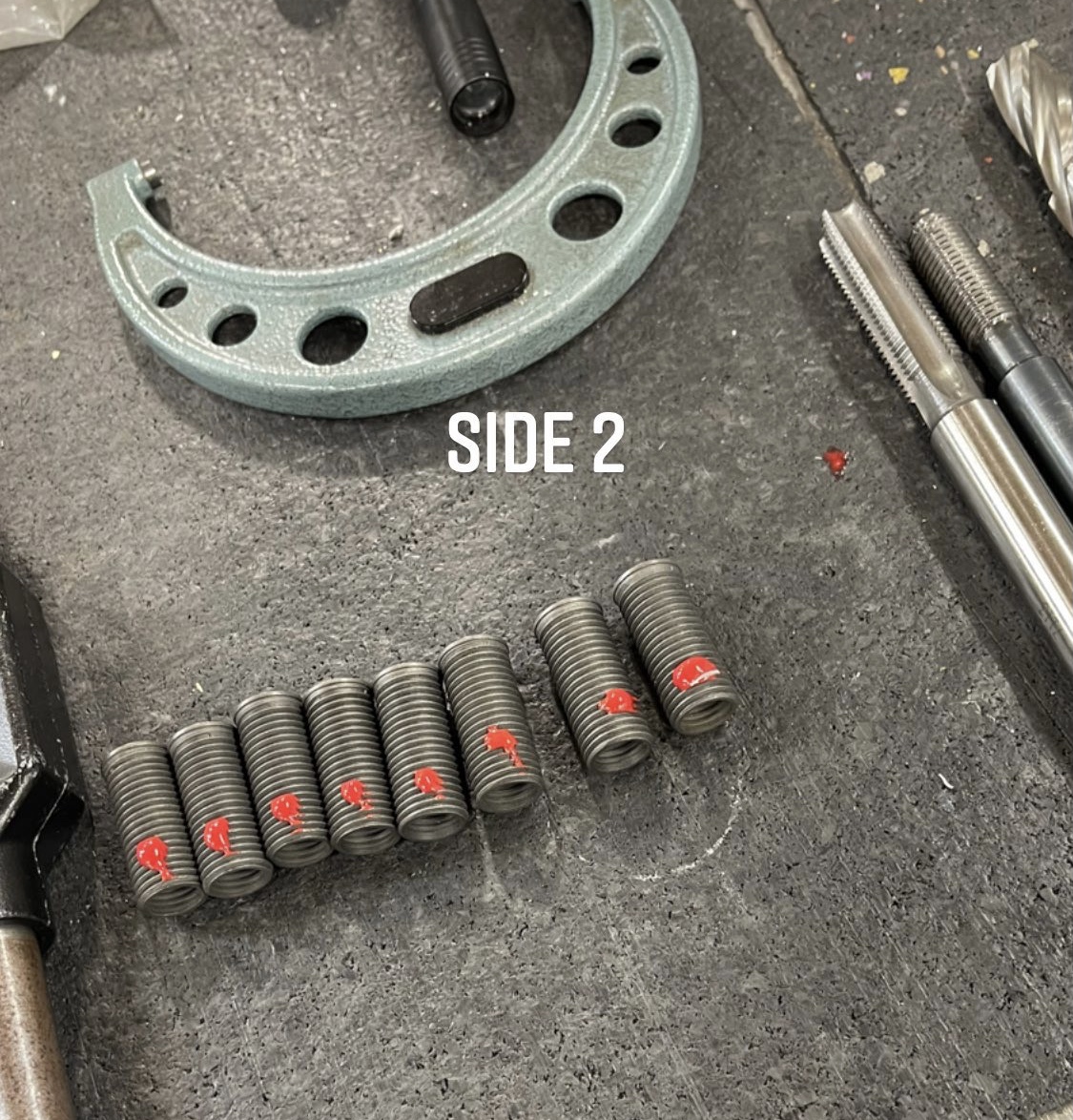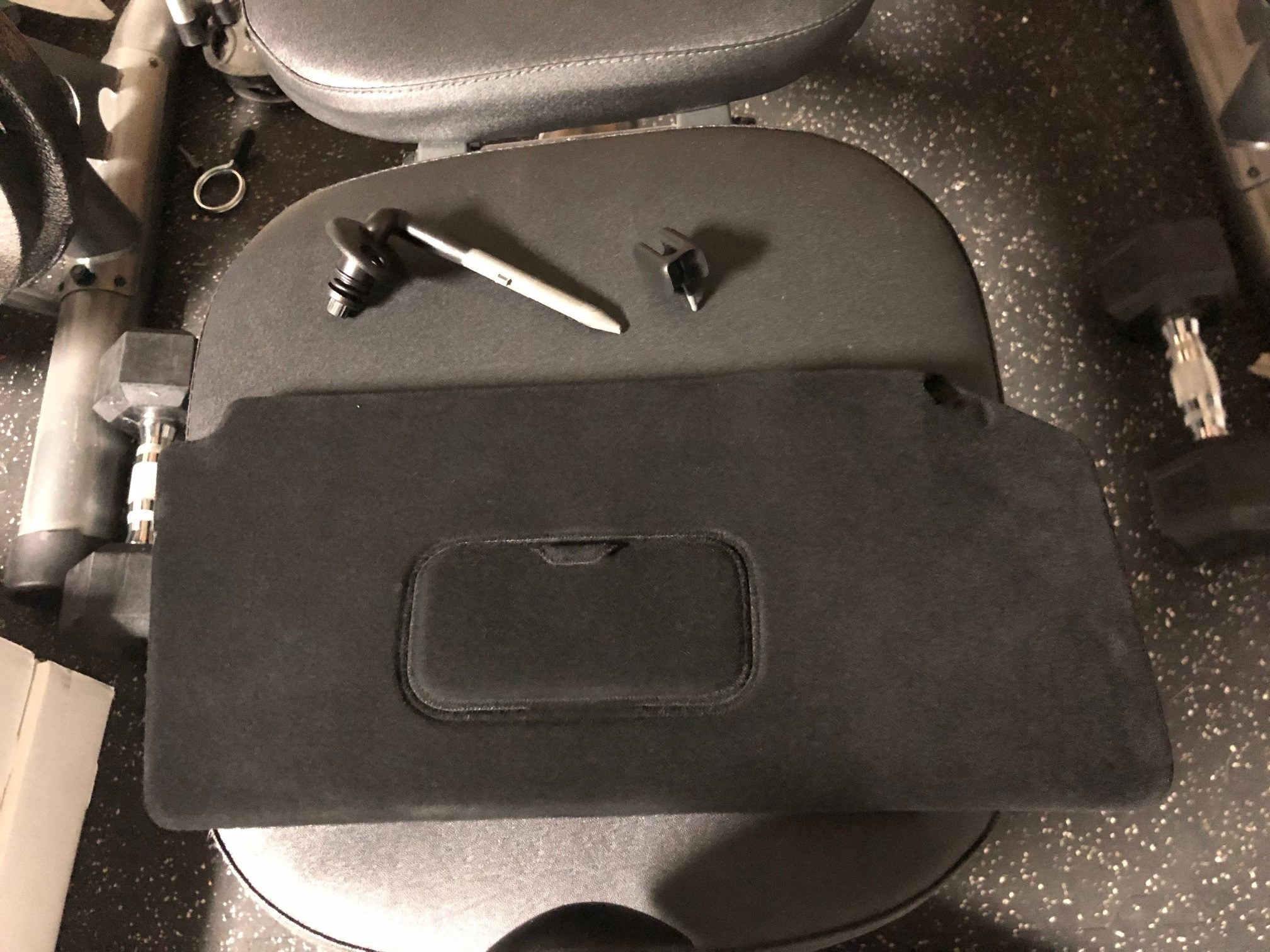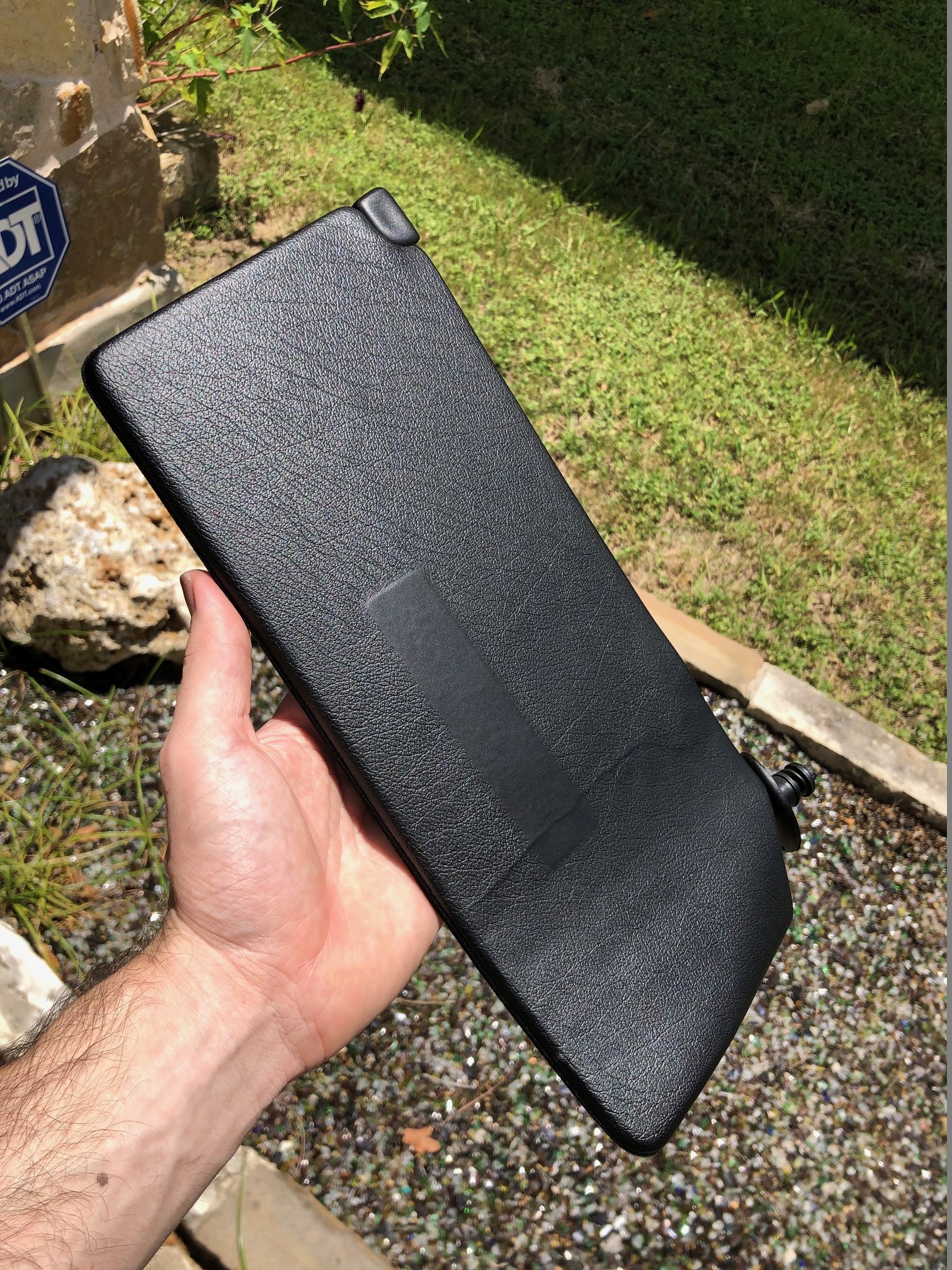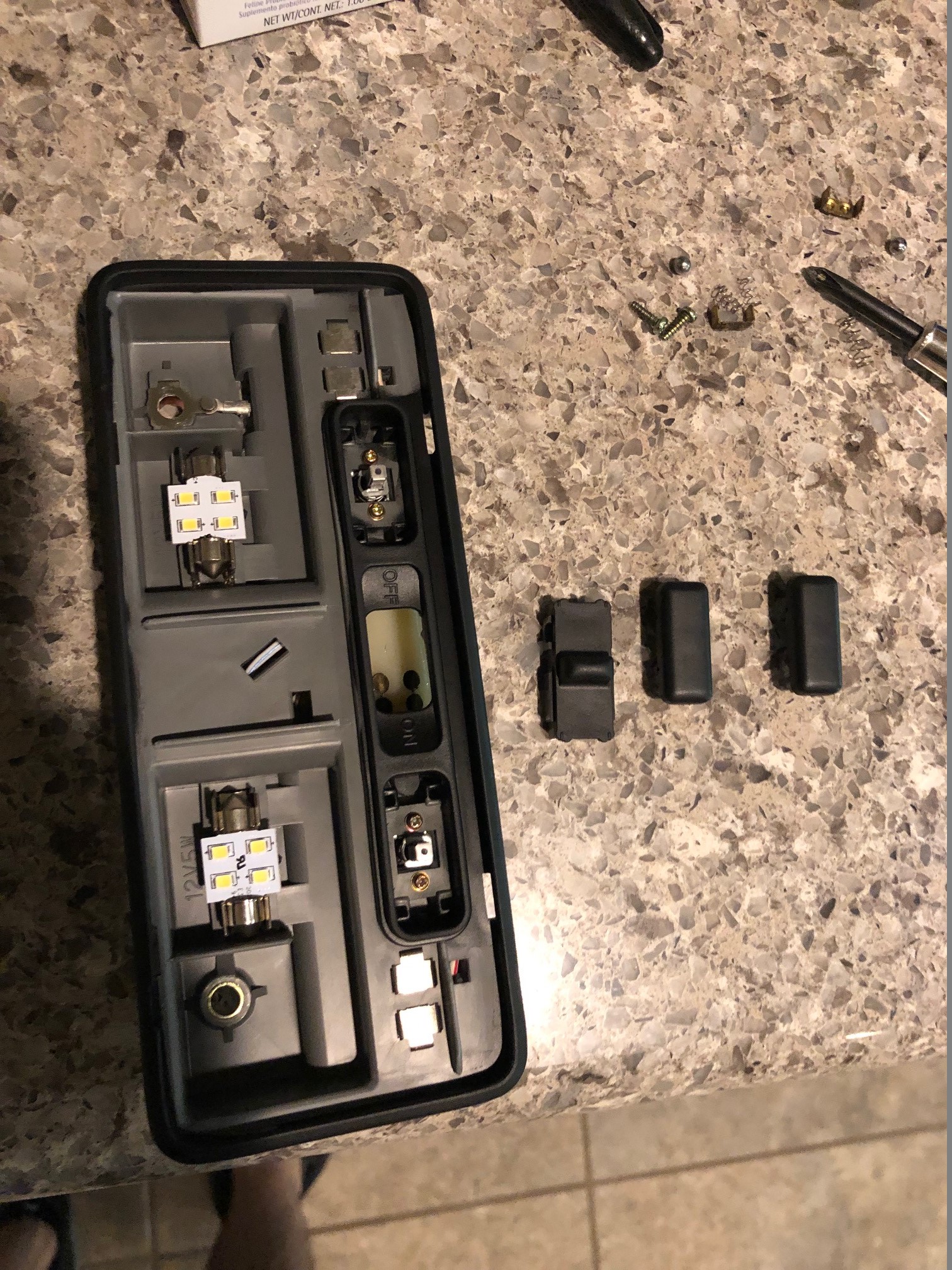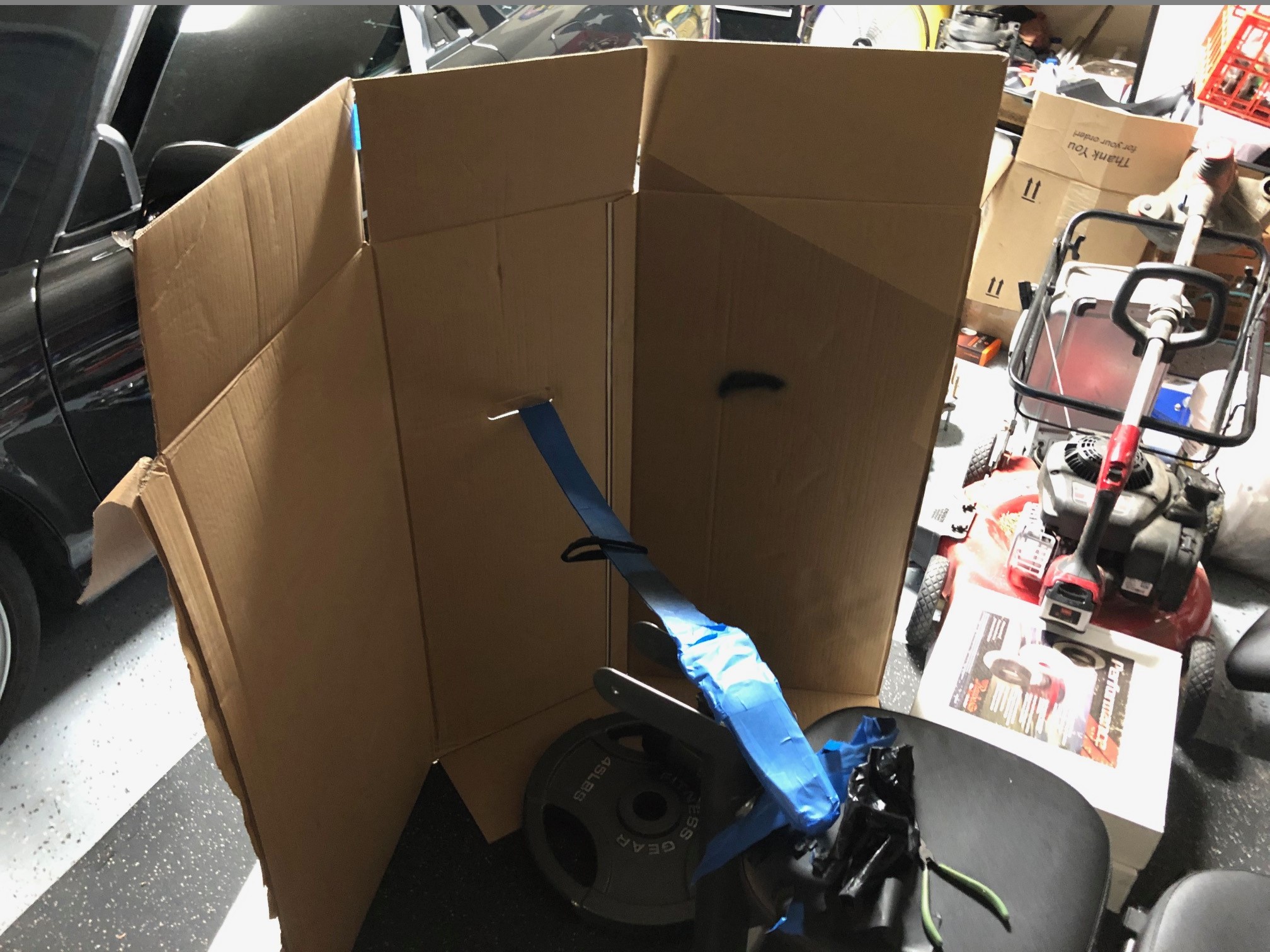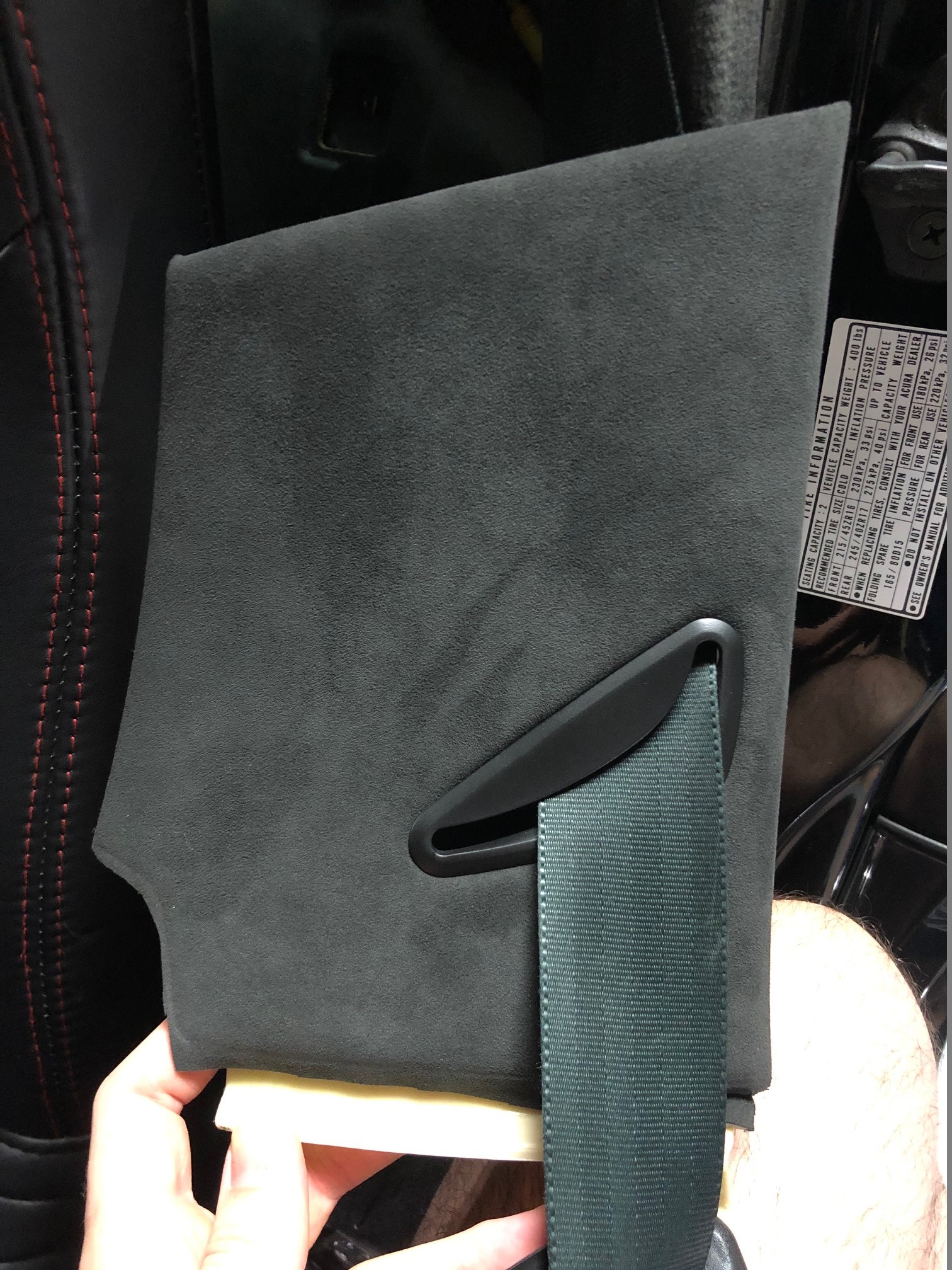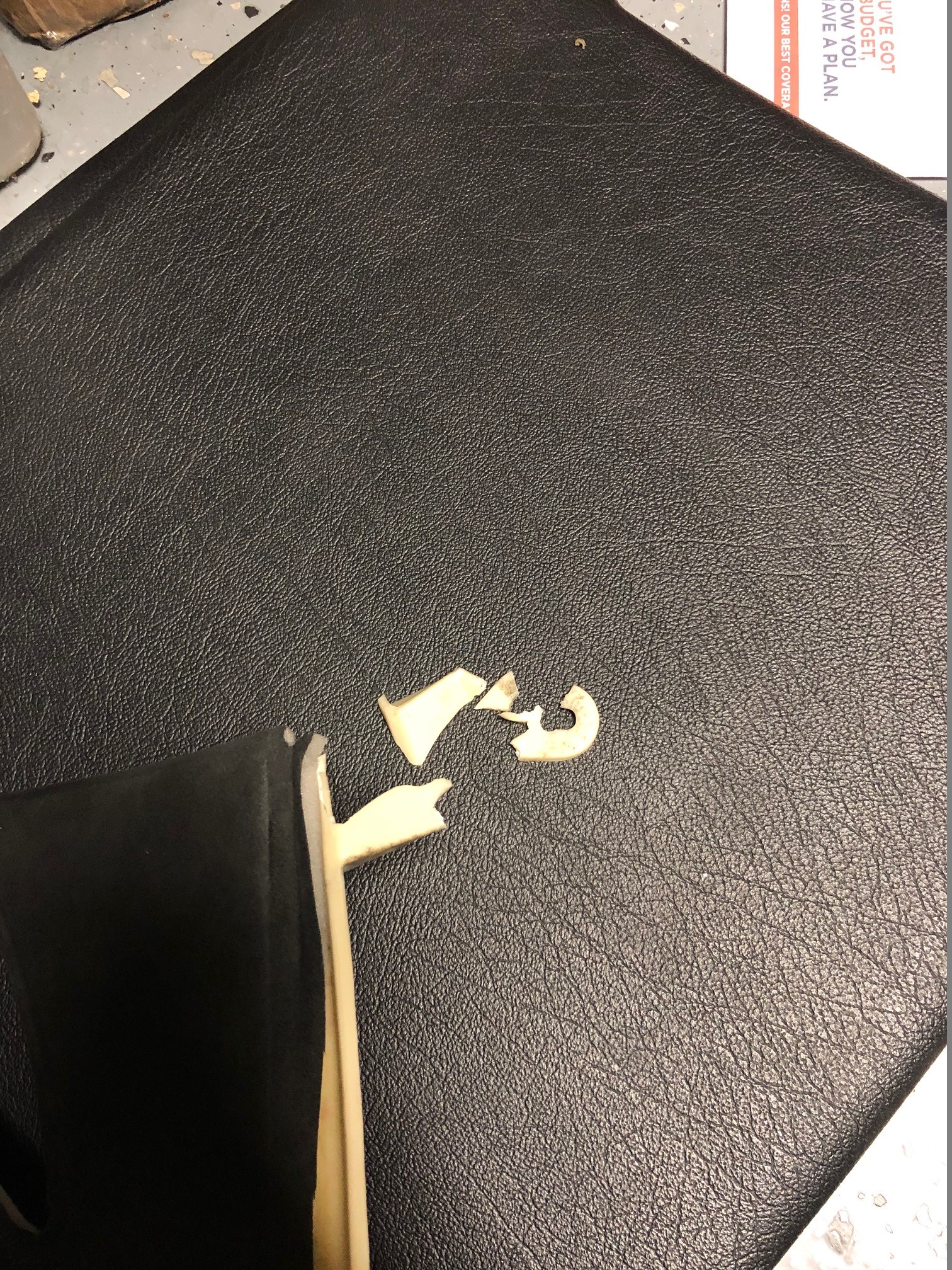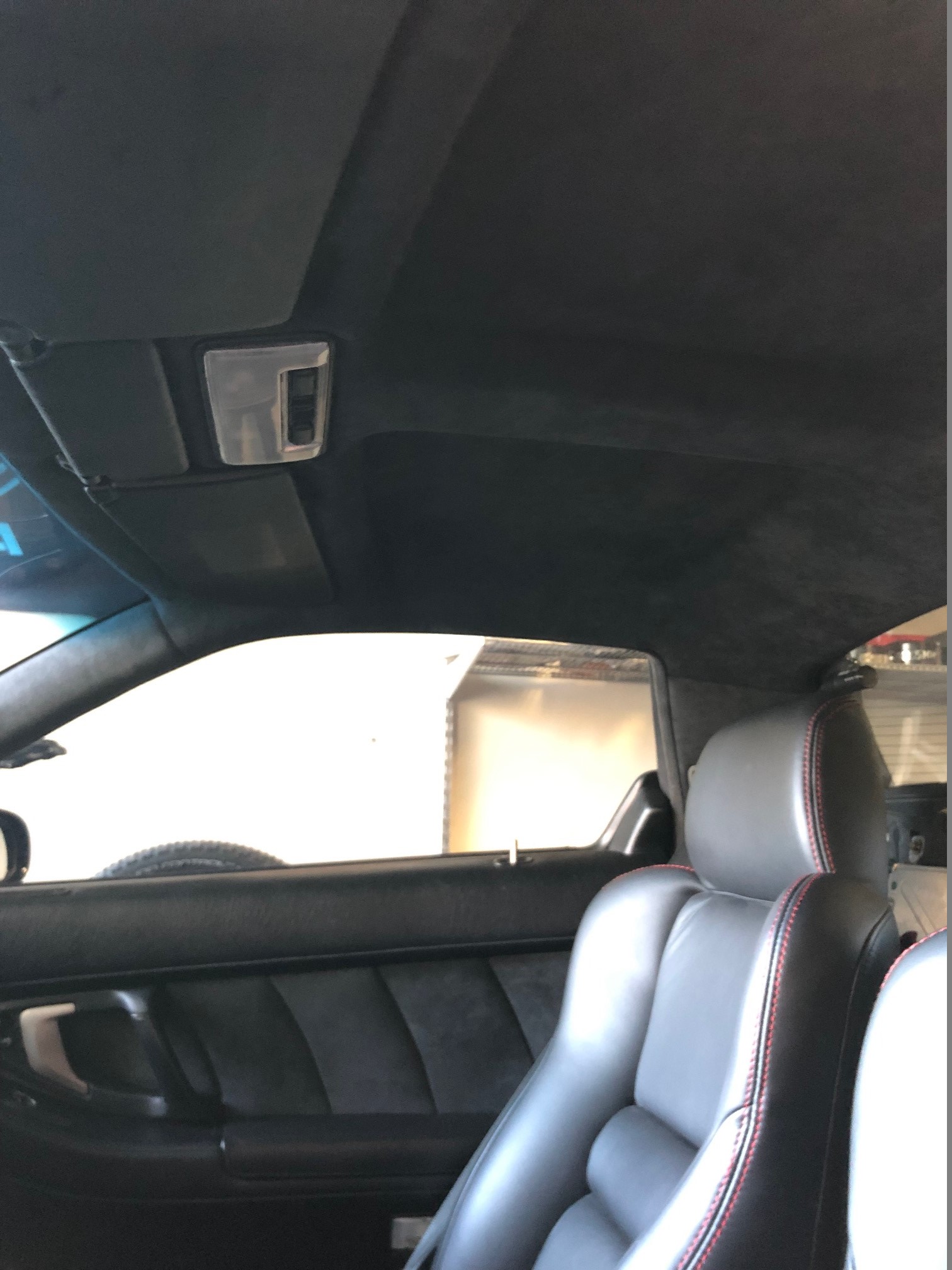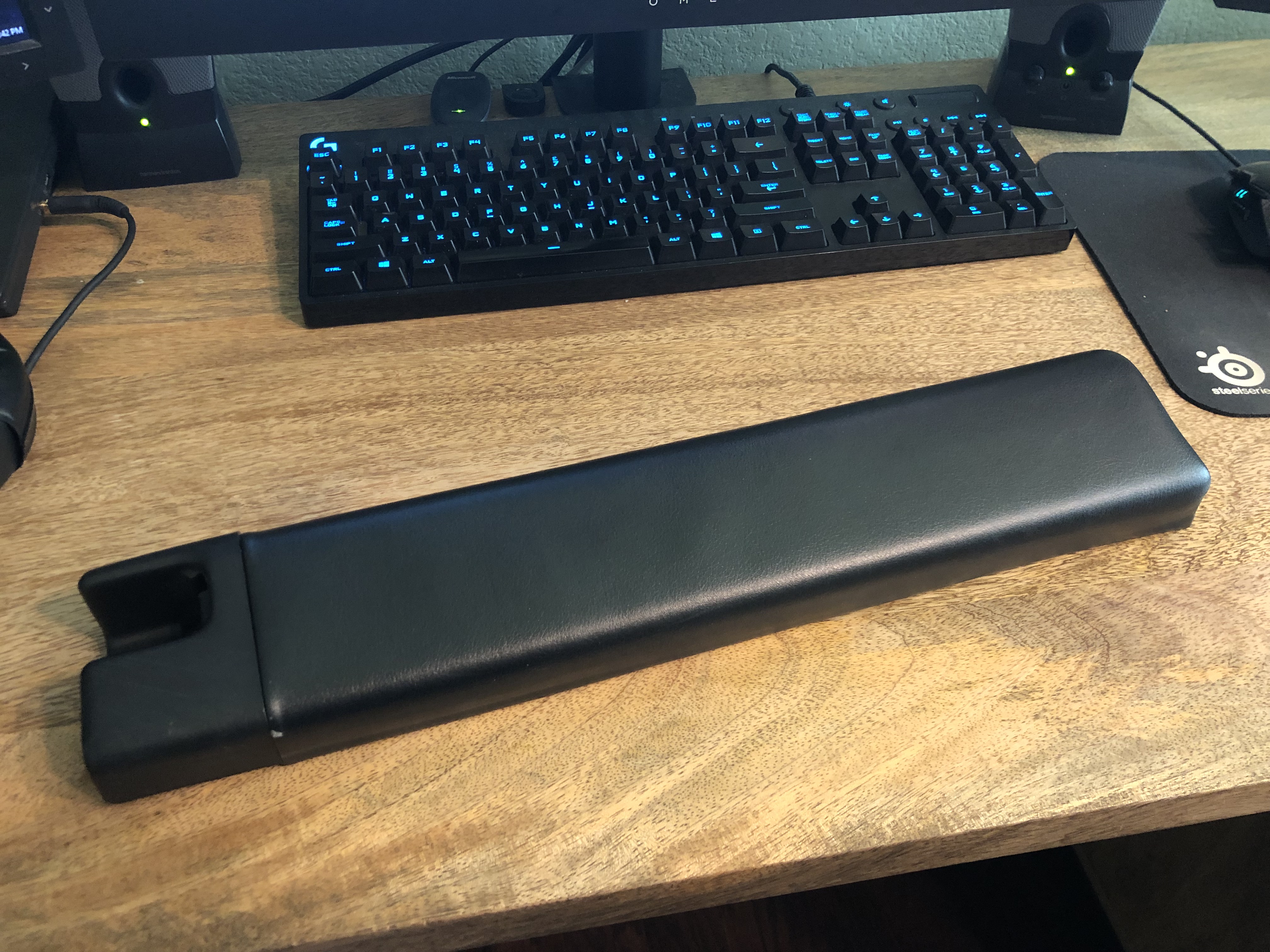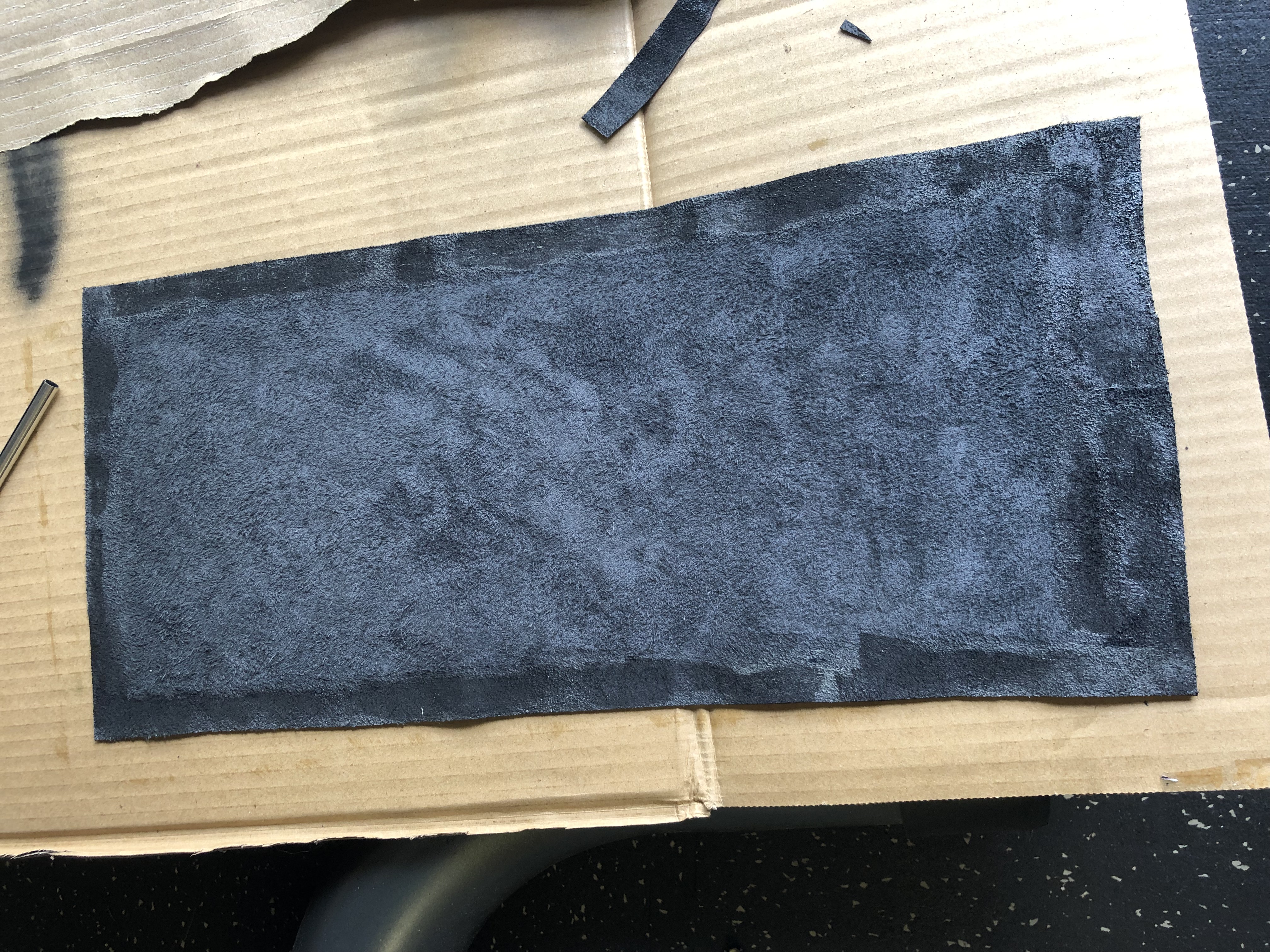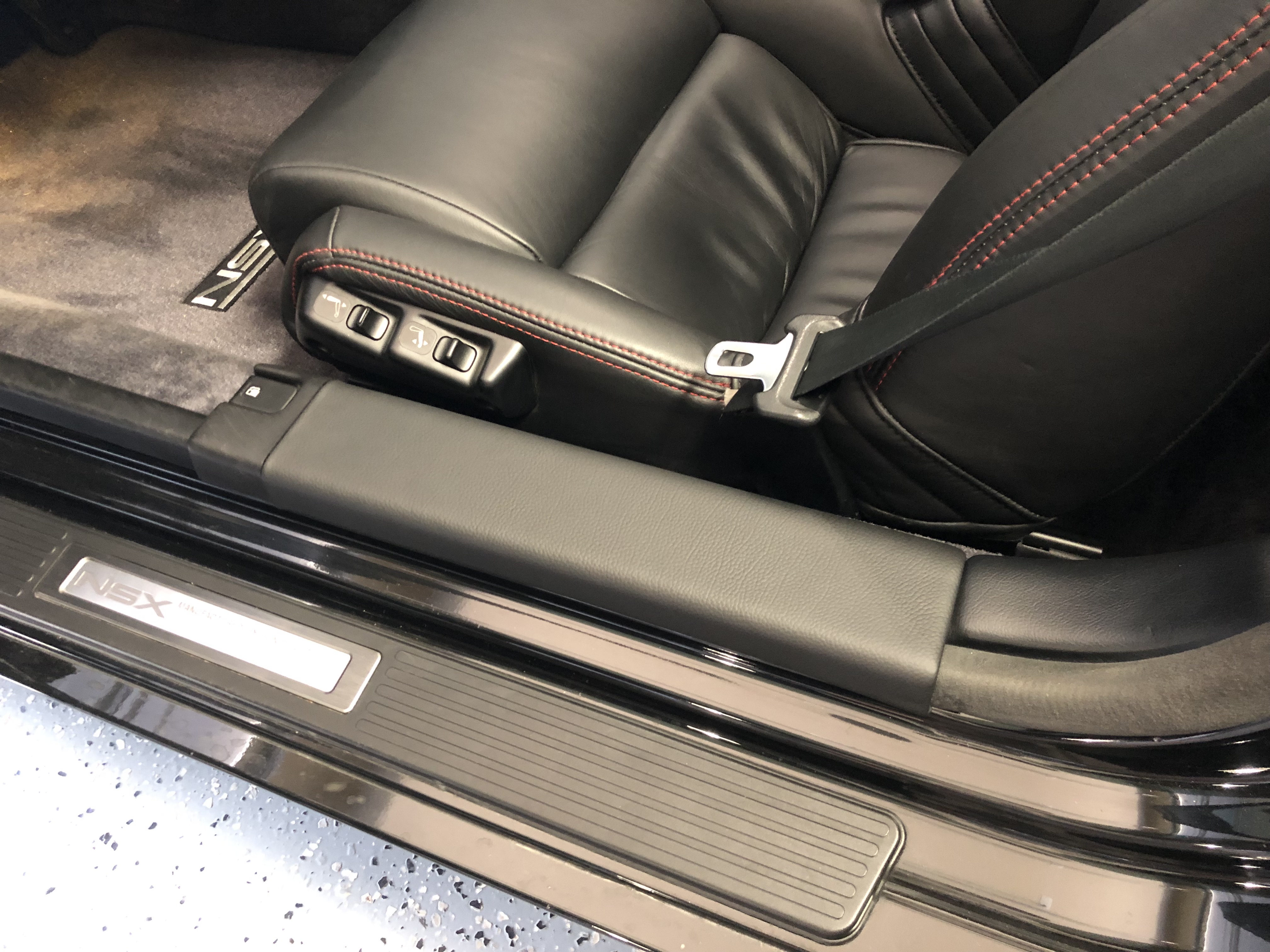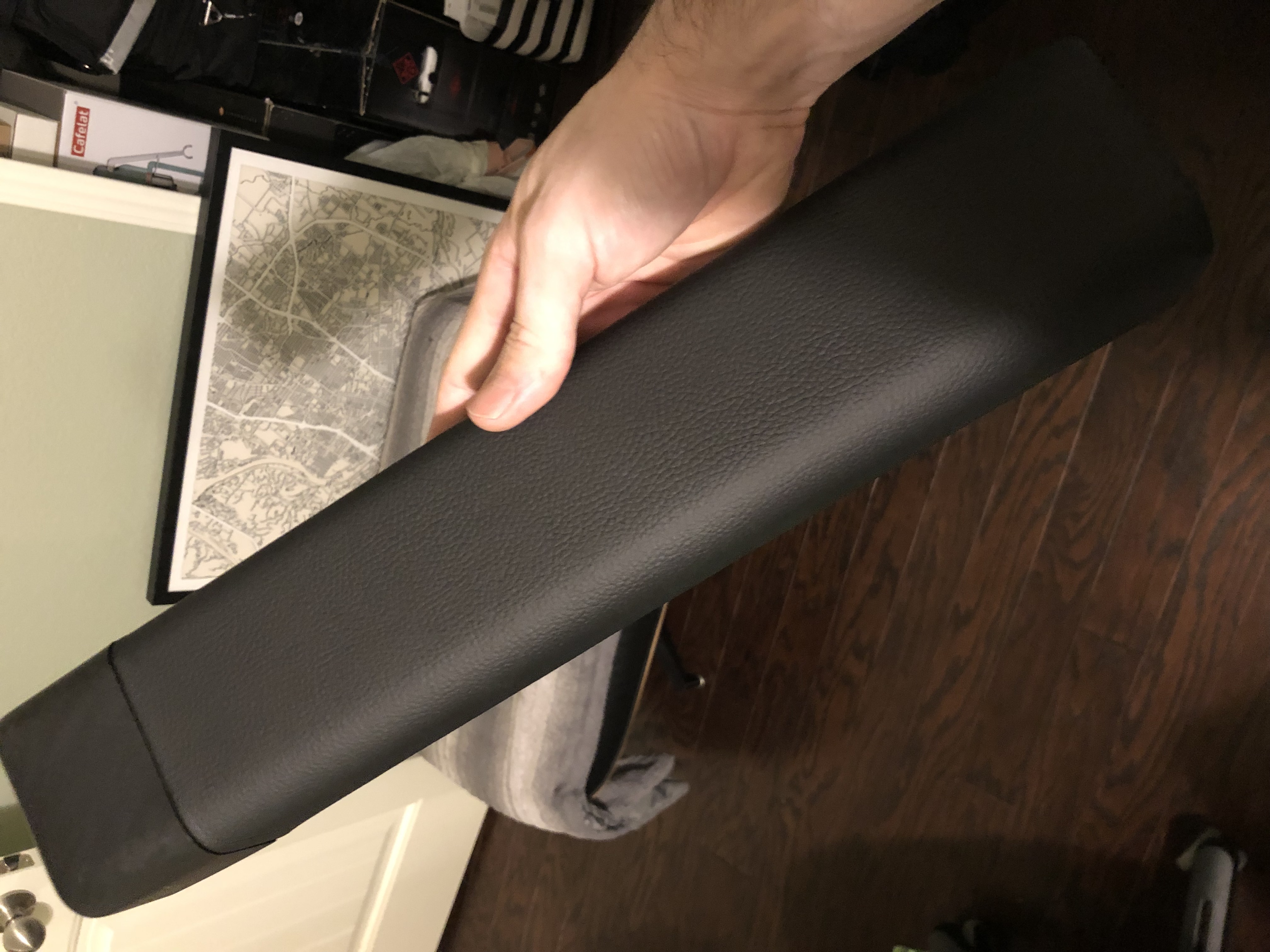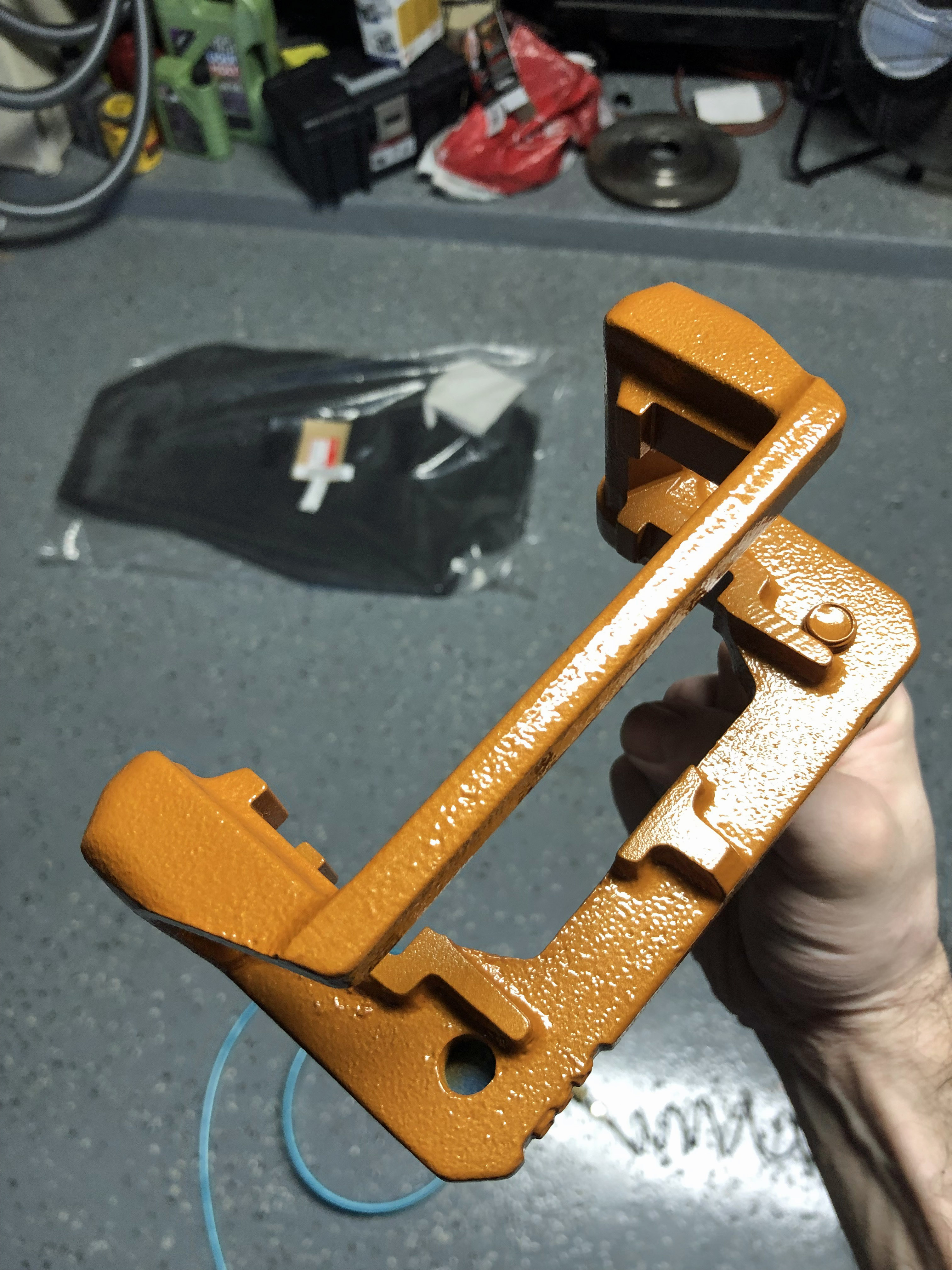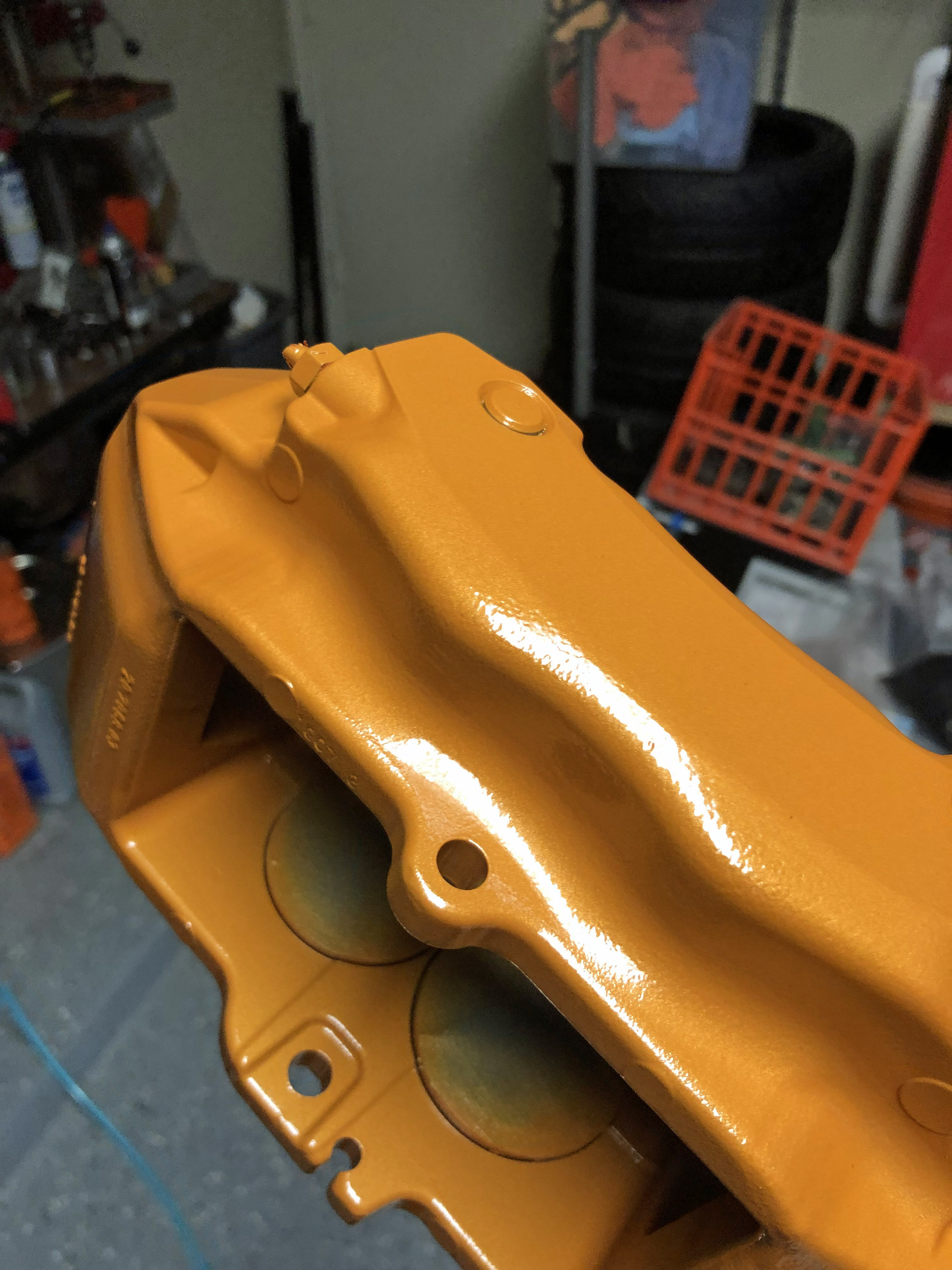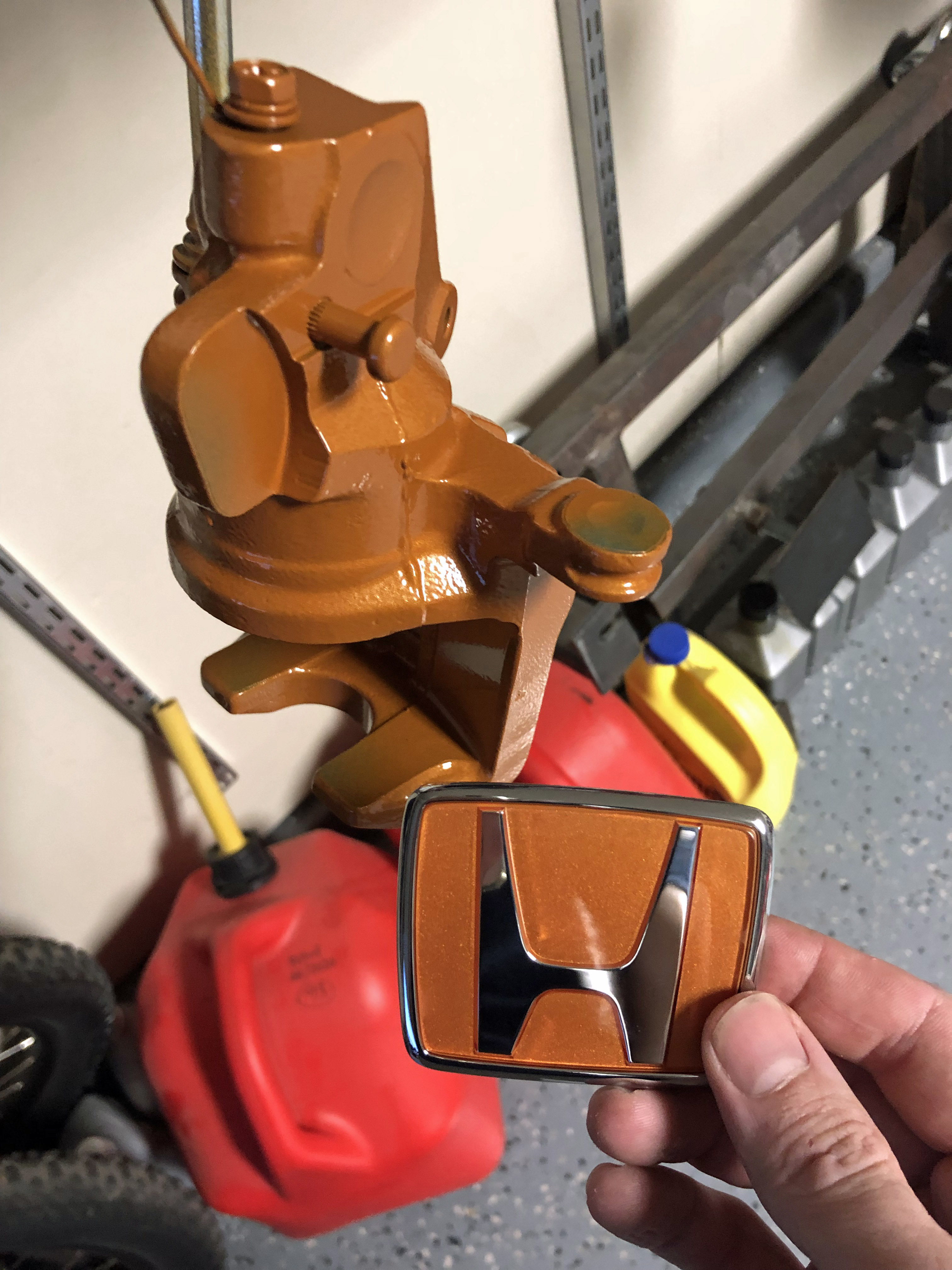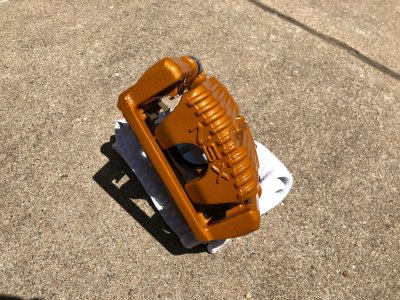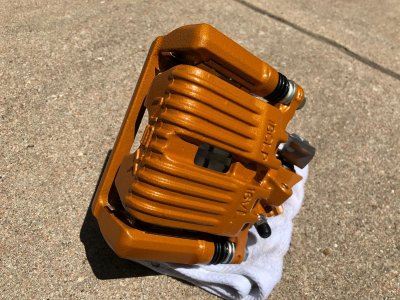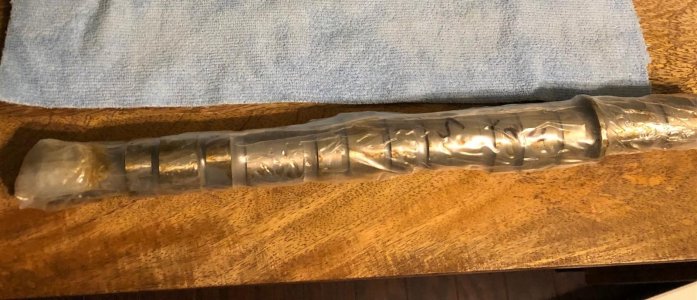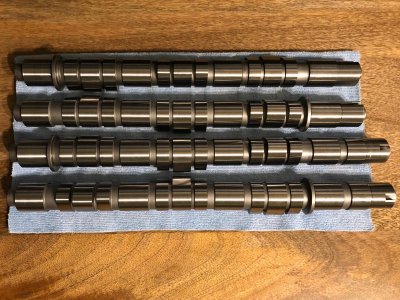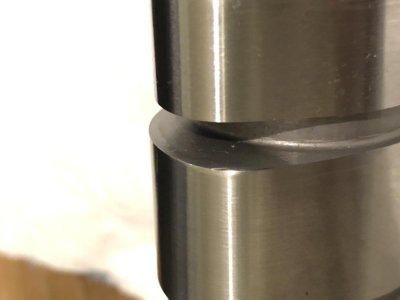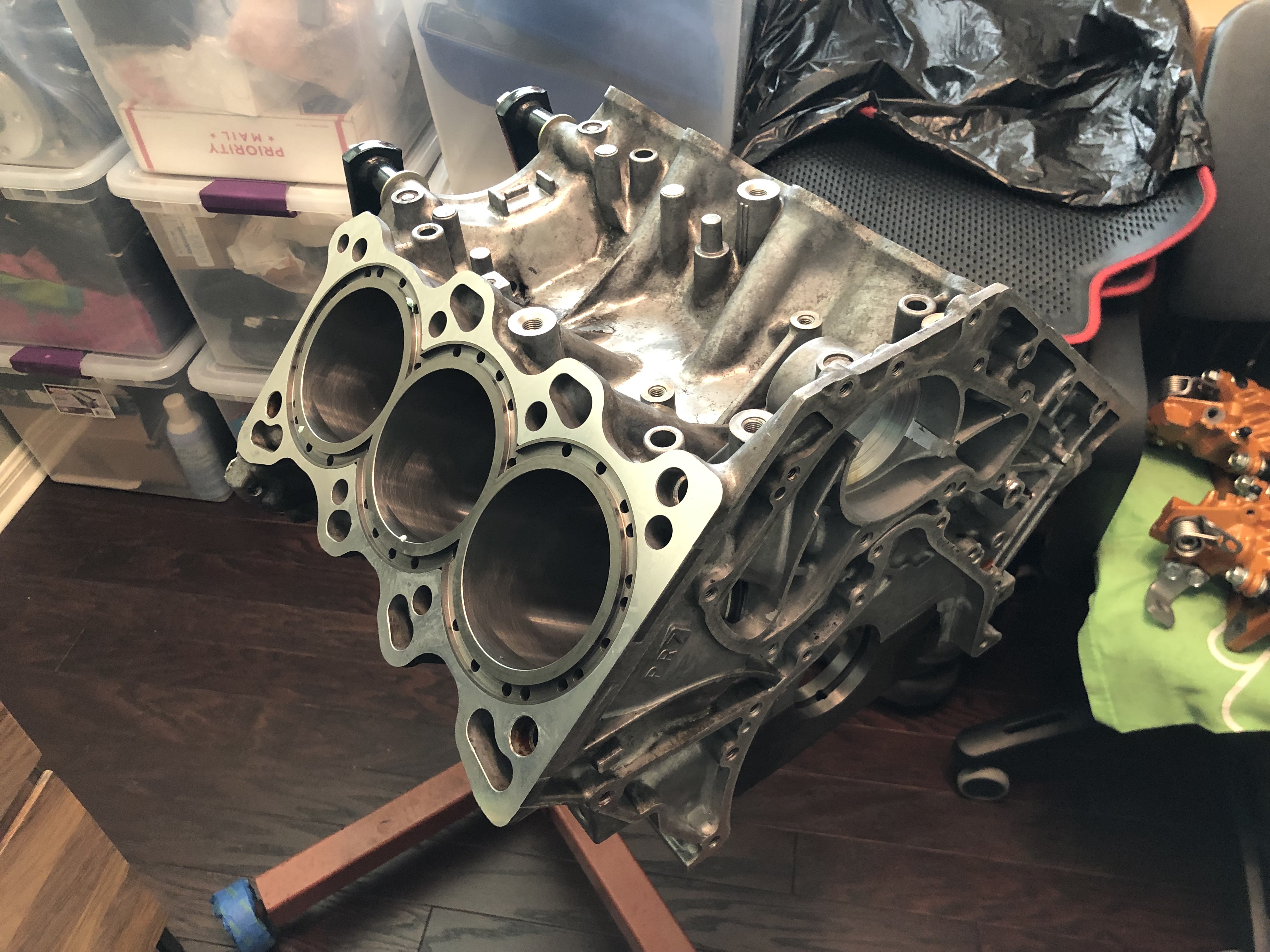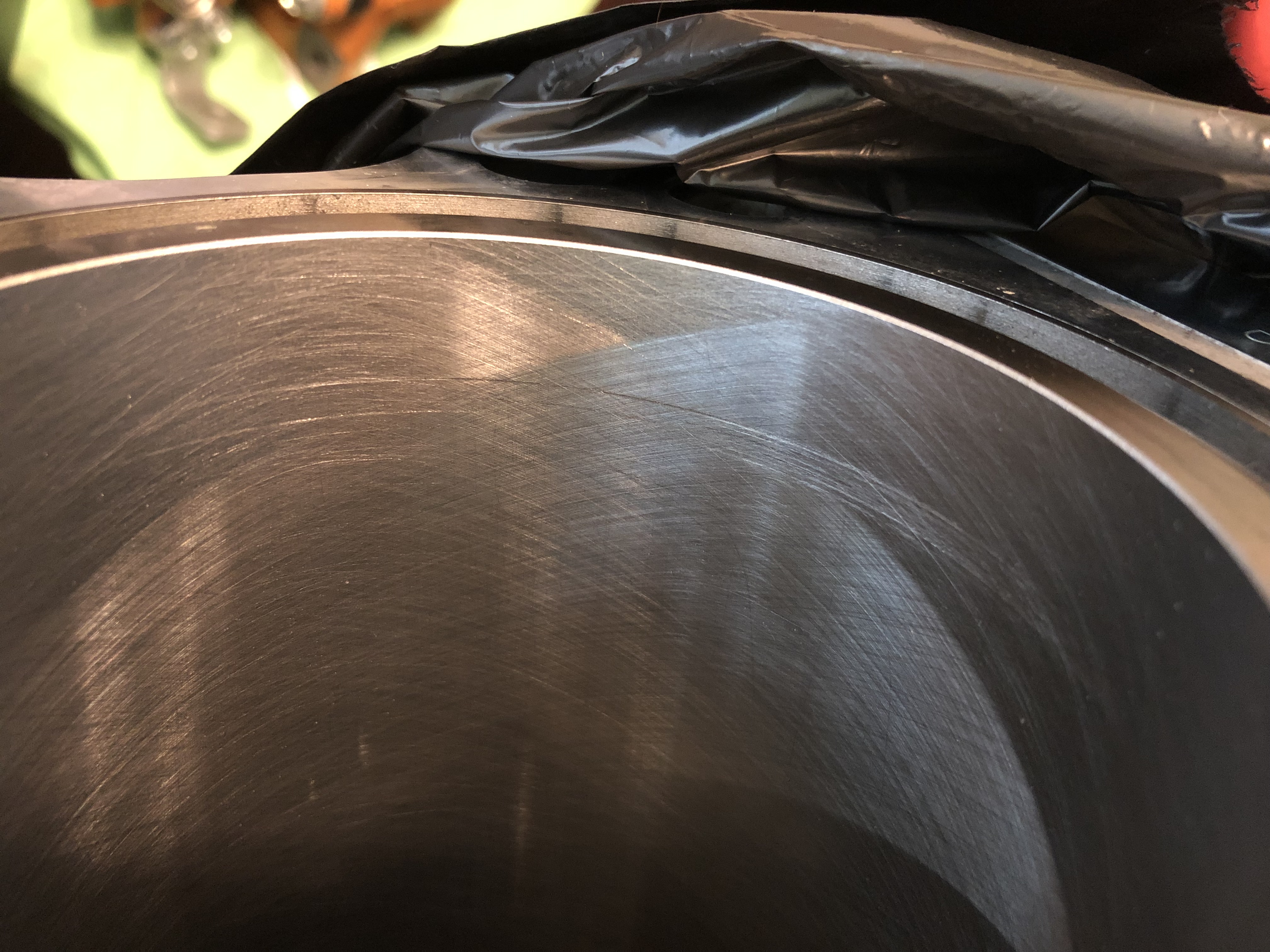I was getting a bit tired of the dated gathered leather door cards and I also don't really like the grey vinyl headliner or pillars so it's time for some more interior mawds. I started off by ordering 2 yards of foam backed anthracite alcantara from Relicate, as I plan to do a lot of interior surfaces with it.
I started off with the easy parts, the A and B pillars. They went pretty easily as no fancy stretching is needed, basically just peel the grey vinyl off, fix any the cracks in the base plastic using a liberal amount of solvent cement, wrap the new material over the edges and glue it down with Weldwood contact cement. I apply it with cheap $1 1" paintbrushes and just throw them away when I'm done for the day since that stuff is impossible to clean out of a brush.
Next up, glove box and knee bolster, these have some tricky curves to wrap perfectly and the OEM black vinyl isn't even perfectly smooth, after some trial and error I was able to get the alcantara to lay down acceptably smooth. After peeling the vinyl I prepped the surface using a maroon scotch brite pad for the new adhesive.
I must admit that I'm quite proud of how I was able to get the material to fold over into the area where the key hole is. I removed the whole key hole piece as seen in the previous photo then glued it back in when I was done to get a perfect wrap on the edge. There's a few more wrinkles than I'd like around the sides so I might end up redoing this piece but it's fine for now.
The glove box turned out nearly perfectly. Here's a comparison to the stock material.
Some of the plastic tabs that hold the trims into the chassis were broken, so rather than replace them I opted to repair the tabs.
Start off by flush cutting the remains of the tab as much as possible.
From there, use something like an oscillating multitool to slice down into the base of the tab, we need to support the new tab as much as possible and this works quite well for that. It can be quite messy, it doesn't matter.
Once the slot is cut, cut a new tab out of 1/16" ABS plastic stock, I got a sheet of it for $8 on Amazon and its easy to cut with scissors.
Use solvent cement compatible with ABS plastic to glue the new tab into the slot you cut, I left excess on the new tabs so I can trim them to fit later.
Both tabs repaired, trimmed to size, with the metal clips ready to install.
Another good trick is to modify the metal clips a bit to not grab as hard and reduce the chances of cracking the trim pieces and ripping tabs off if they have to be removed again. You can bend the barbs flatter so they're less grabby with needle nose pliers.
If you find that the panel comes off too easily you just bend them back a bit.
Anyways, here's some finished shots. I decided I'm not going to attempt to do the headliner myself so I've enlisted a local upholstery pro to do that for me, but he's booked solid until August so I'll have to live with the grey headliner for now. Once the headliner is done I'll start on my sun visor upgrades and post that in a future update. I've decided I don't care for the red interior accents anymore so I've removed the Zanardi floor mats and gone to the original black/grey floor mats and have also ordered a black H Type S horn button to replace the red Type R horn button. I'm not sure if I want to try to dye the red stitching on the seats black or just deal with it until I eventually switch to pole positions. I'm really liking the all black with titanium grey metal accents look, it feels more "OEM+" than modified even though almost every part of the interior has been messed with at this point.
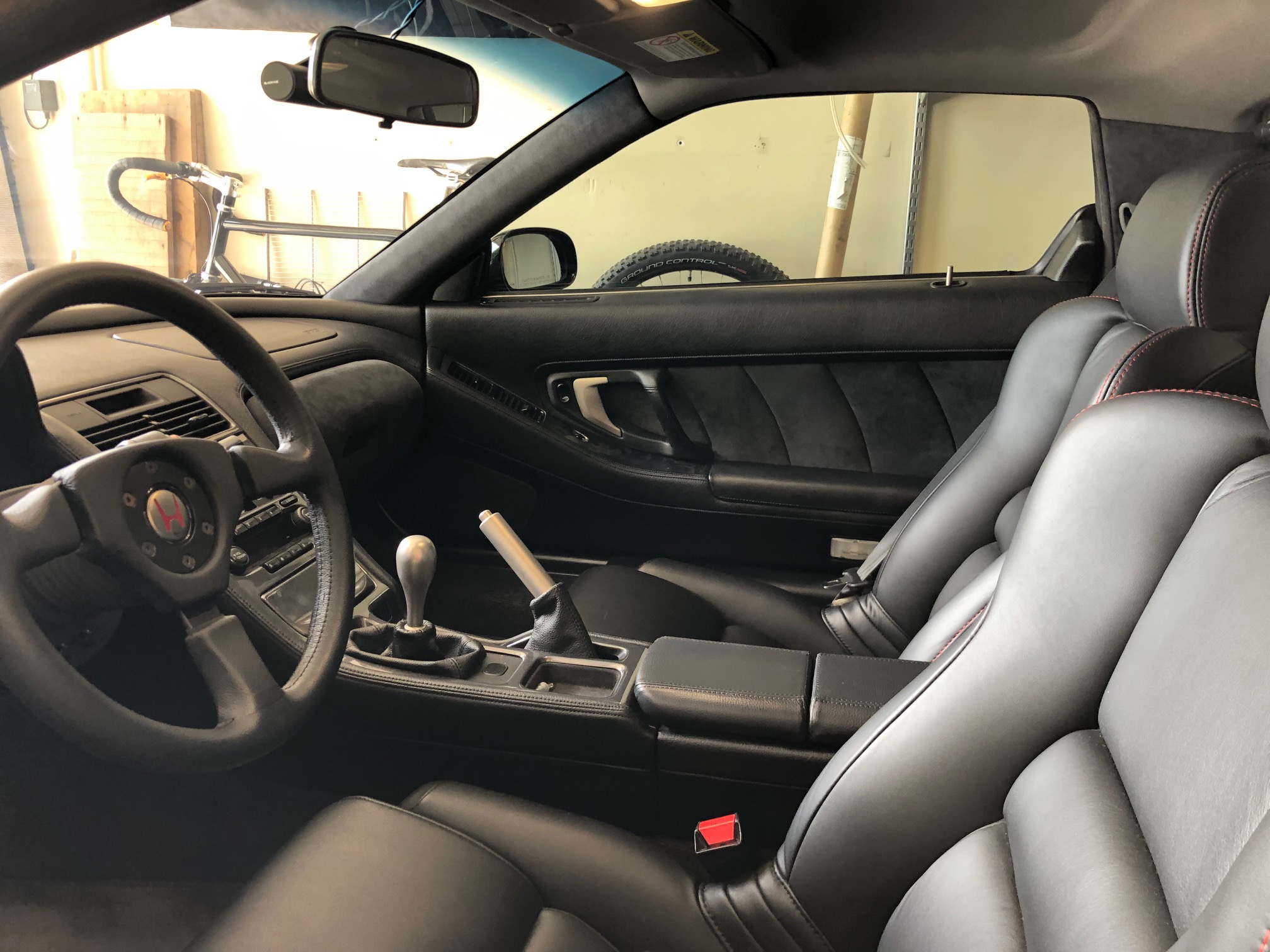
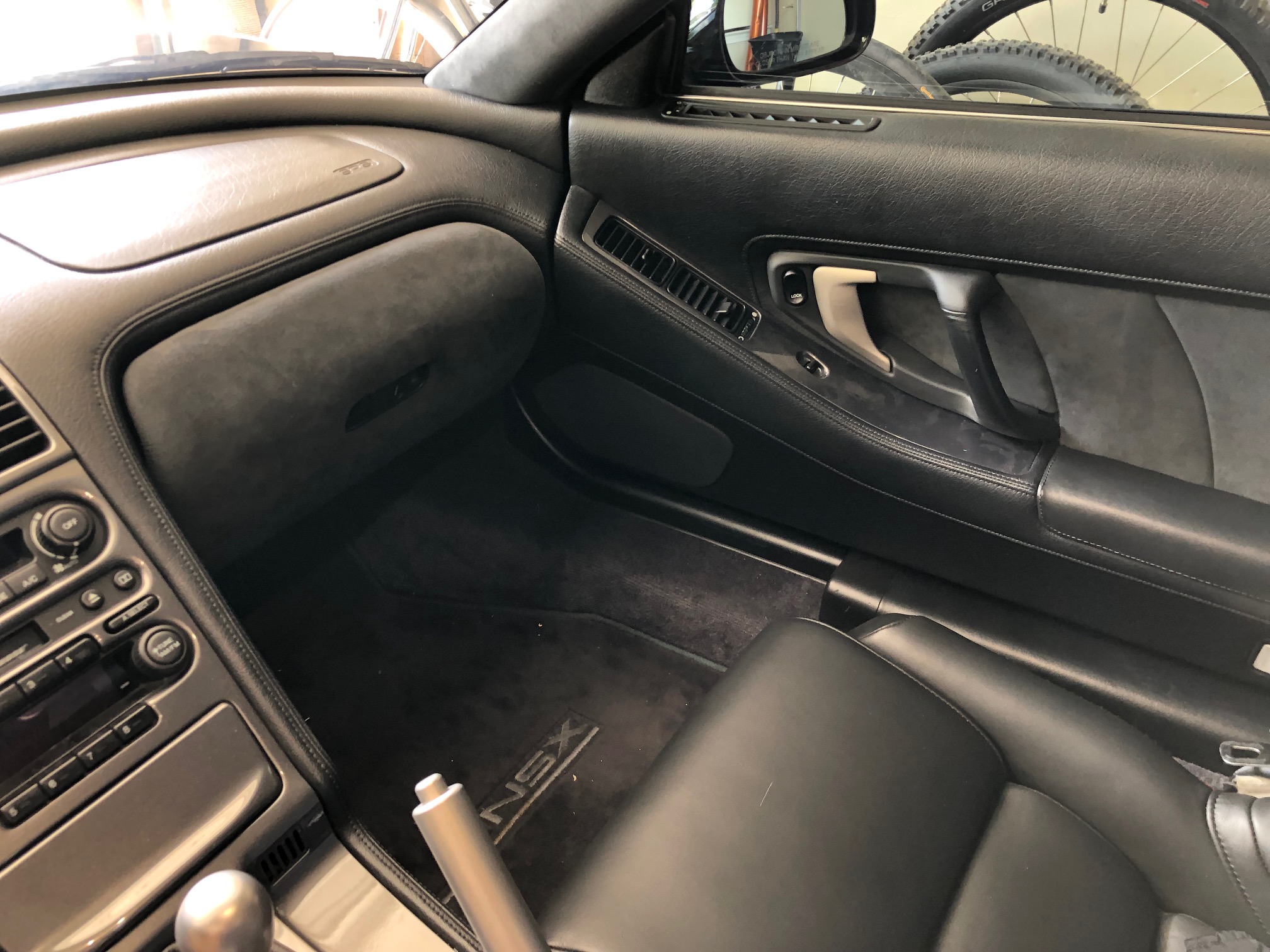
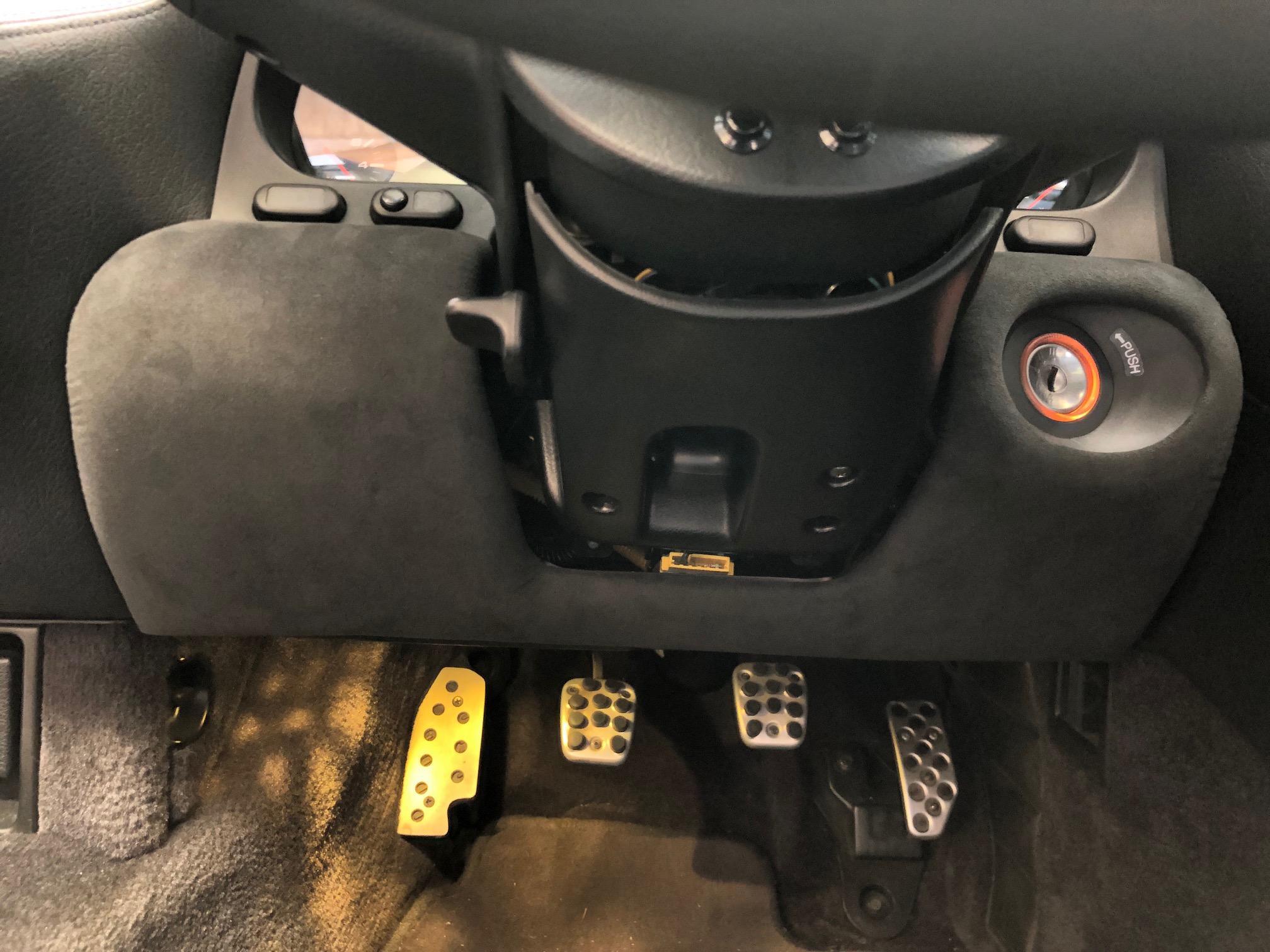
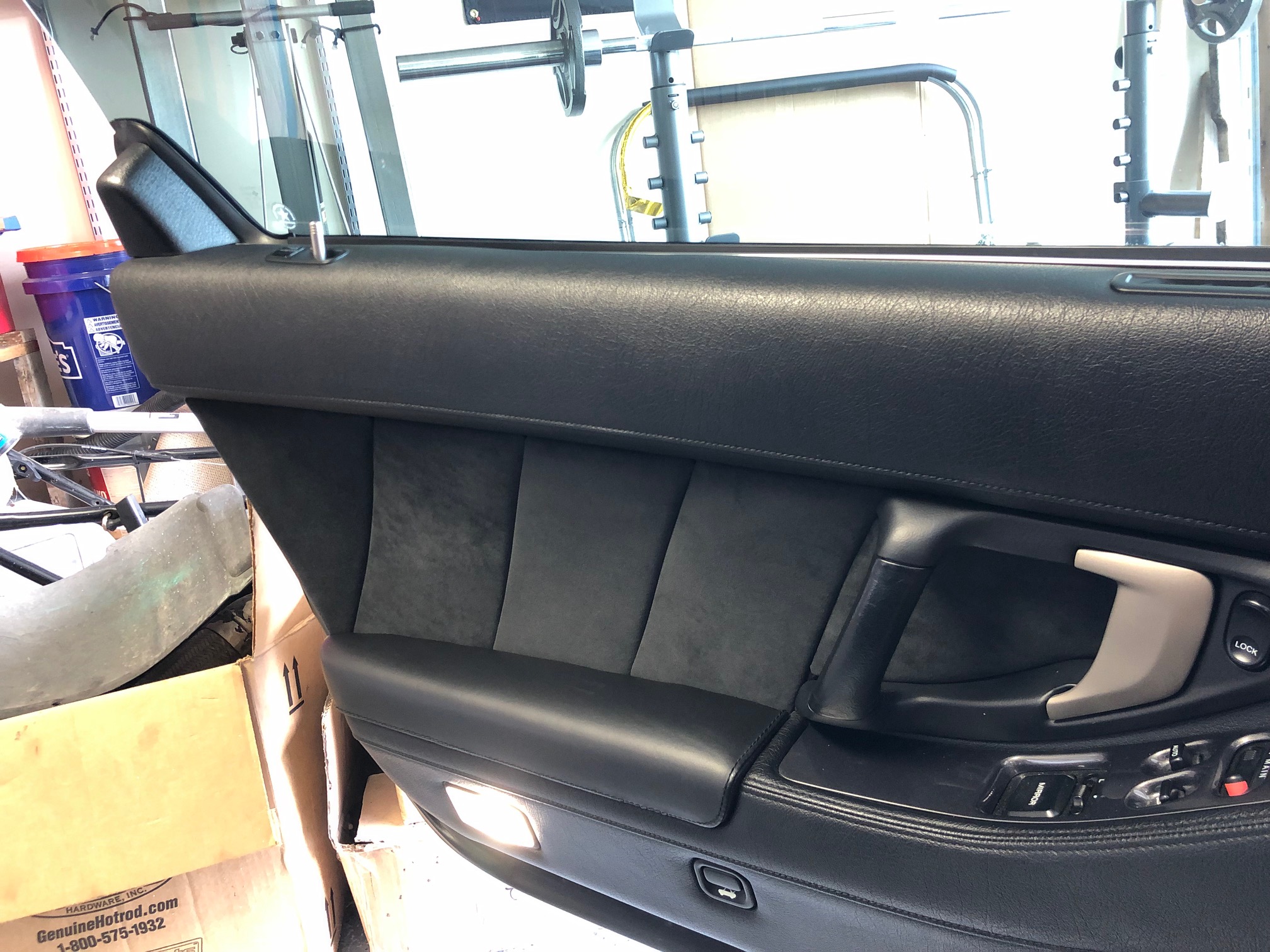
Oh and some engine build updates, the cylinder heads are finally in progress. The heads I sent off to Bad Guys in CA came off the used motor I bought last year, they had tons of leakage out the exhaust guides presumably due to the motor sitting in an uncovered barn/shed thing (in addition to smelling like manure) but luckily the bottom end was in great shape and has been running in my car for the past year/6000 miles with my set of rebuilt heads from engine
#1 .
He started by sending the heads off for vapor blasting then knocked out the stock guides and installed new bronze Supertech guides. The stock guides in these heads were actually serviceable due to the relatively low mileage but since we're going up to NA2 sized valves and I want to rev this motor beyond the stock redline we decided to go bronze due to the few reports of cracked intake guides and subsequent destroyed motors in C32 motors.
Two of the exhaust valve seats were also pitted badly from being stored improperly, cutting through the pitting sunk the valves much so the seats had to be pulled and replaced.
New seats in and ready to be cut. Fortunately the NSX uses a 30mm exhaust valve which is shared with a bunch of other Hondas, and since this shop works almost exclusively on old Honda heads he had the new seats on hand already. You can also see just how much the intake valve throats were widened for the 36mm valves (stock C30 is 35mm), during the porting and bowl blending process this will all be smoothed out and should flow a lot better than stock.
Cutting the seats for new Supertech intake valves.
And now fitting Supertech inconel exhaust valves.
The heads should hopefully be back in my hands in a few weeks, and Darton also told me my block is "scheduled" to be started in about 2 weeks but I wouldn't be surprised if it gets delayed more, but either way I'm hoping to get my sleeved, bored, honed, timeserted, and line bored block back by mid July.
. With all the trouble you've had with machine shops I kinda don't want to get my block prepped for an MLS head gasket like I was considering.






